The Standstill of time in different animal's eyes
by Stefan F. Wirth
Space-time, moments of present and time resolution
The four-dimensional space-time as part of the theory of relativity describes our present as a point from which other points of the past and the future are spacelike separated.
Looking at the animals of the Berlin Zoo, I shared my brief moments of present and simultaneity while photographing them. However, not all animals use the same timing to be able to distinguish the sequence of two very close stimuli from each other.
That one moment, in which I looked at the respective animal and pressed the shutter button of my camera, was perceived by the different species as having different lengths of time.
Humans, for example, need 20 to 30 milliseconds to be able to differ two subsequent different moments from each other. And it even takes about three seconds to perceive these moments as present.
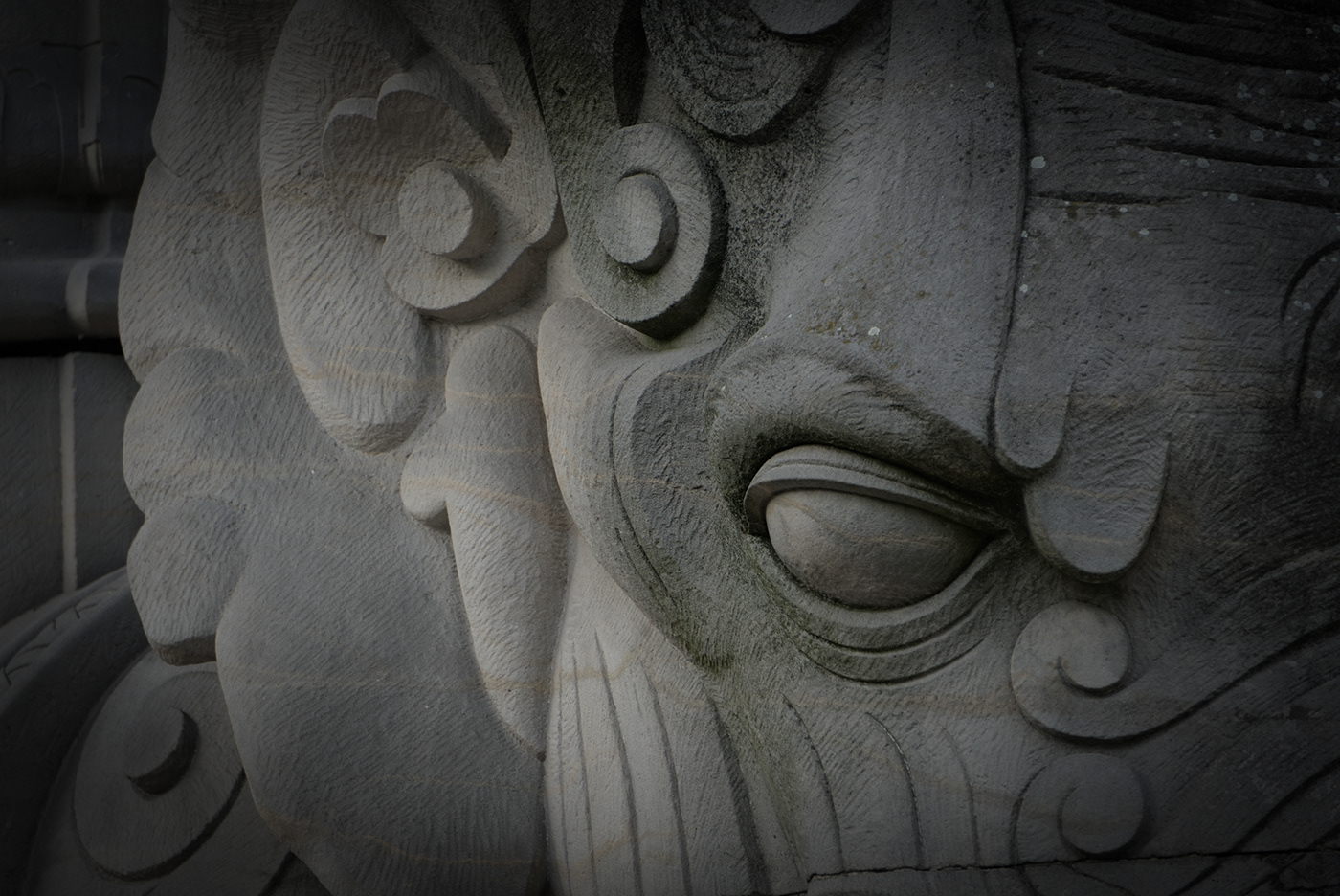
Temporal resolution and CFF
In any case, photography is always about the perception of the photographer. So on that day I recorded impressions of zoo animals with my feelings of presence,in which my brain processed their glances as felt simultaneous events.
In order to be able to determine the speed of time perception in animals, a measurable unit must be used that makes comparisons across species boundaries possible. According to the authors K. Healy et al. (2013), the critical flicker fusion (CFF) capability is a suitable method, which states how high the rate of flickering light is that can still be perceived without the individual impressions merging into a uniform beam of light.
The authors discovered a general trend throughout different animal taxa towards small animals with a high metabolic rate having a high temporal resolution contrary to larger ones with lower metabolic rate. A high temporal resolution might mean for animals the perception of a longer time span, when the perception of a defined absolute time span would be compared to animals with a lower CFF.
In this way, however, only rough indications of the time perception of different animal species can be obtained, because if one wants to make statements far beyond the close systematic relationships between species, general brain physiology and neurology still have many unknown variables ready. It therefore remains in the realm of speculation how the animal in question, which I look at and photograph at the same time, perceives this moment.

Randomly selected zoo animals from different animal groups
I randomly selected the animals for this photo project during a visit to the zoo in the summer of 2022. Their exact CFF values are difficult or impossible to find in the available literature, which is why I could only estimate the trend towards a rather high or rather low temporal resolution based on their size and biology and based on the known CFF values of systematically (distantly) related animals.
The above publication contains a CFF table for various animal species, which I refer to below. I have named additional sources separately. For photo-aesthetic reasons, the order in which the animals are presented corresponds to the presentation of the individual photo sets.
Humans, bonobos and ground hornbill
Compared at least with humans ( rather low CFF with 60 Hz), bonobos (Pan paniscus)might have a larger temporal resolution despite of the sister-group relationship between humans and chimpanzees, as the authors above mention another quadroped and partly arboreal primate, Macaca mulatta, as having a high temporal resolution (CFF 95 Hz).
Birds like the ground-dwelling chicken (Gallus gallus domesticus)have according to the authors above a high resolution (87 Hz), thus I assume the rarely flying and predominantly ground-dwelling southern ground hornbill (Bucorvus leadbeateri)with a wingspan of 2 meters, a weight of about 4.1 kg and a life expectancy of about 40 years (in the wild) having a higher CFF resolution (than humans) too, although longevity and body size might indicate a somewhat lower metabolism rate than the chicken.
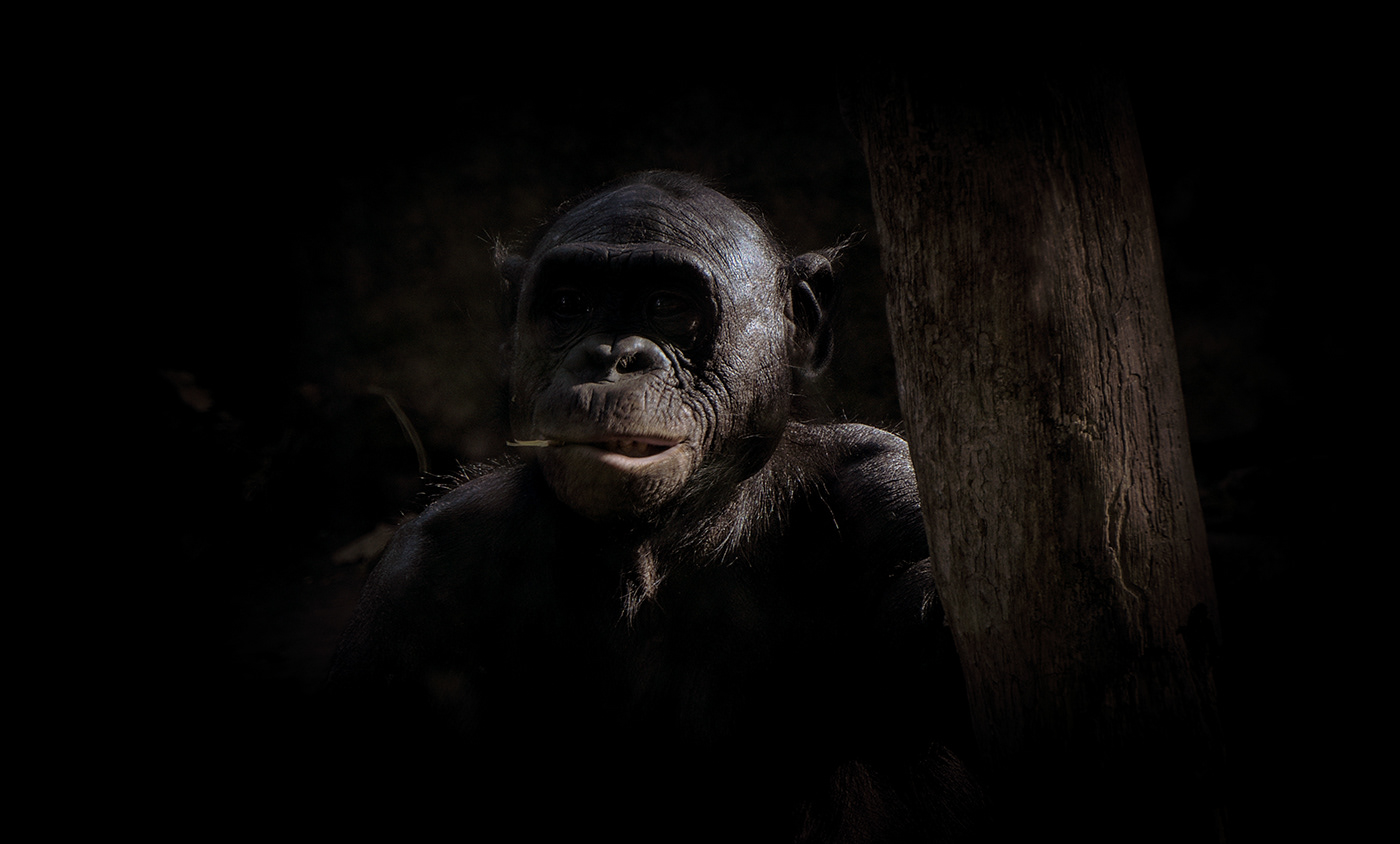
Pig deer, buffalo, giraffe, waterbuck and peccary
According to (Jarvis et al., 2003), the best possible estimated CFF for domestic pigs is 70-80 Hz, i.e. a slightly higher temporal resolution than in humans. I assume a somewhat similar resolution for the tropical forest inhabiting pig deer (Babyrousa babyrussa, Suidae).
According to Jacobs et al. (1998)the domestic cattle has a similar perception of the wavelengths for red, green and blue as humans, but the CFF value is unknown to me. Due to the presumably lower metabolism rate of a big ruminant with only periodically higher movement activity, I would expect a rather low temporal resolution.
That also applies to the central/western Africa inhabiting congo buffalo (Syncerus nanus). And may be also for Rothschild's giraffe(Giraffa camelopardalis rothschildi), although giraffes generally have excellent vision with the ability to resolve even spatial details (Veilleux & Kirk, 2014).
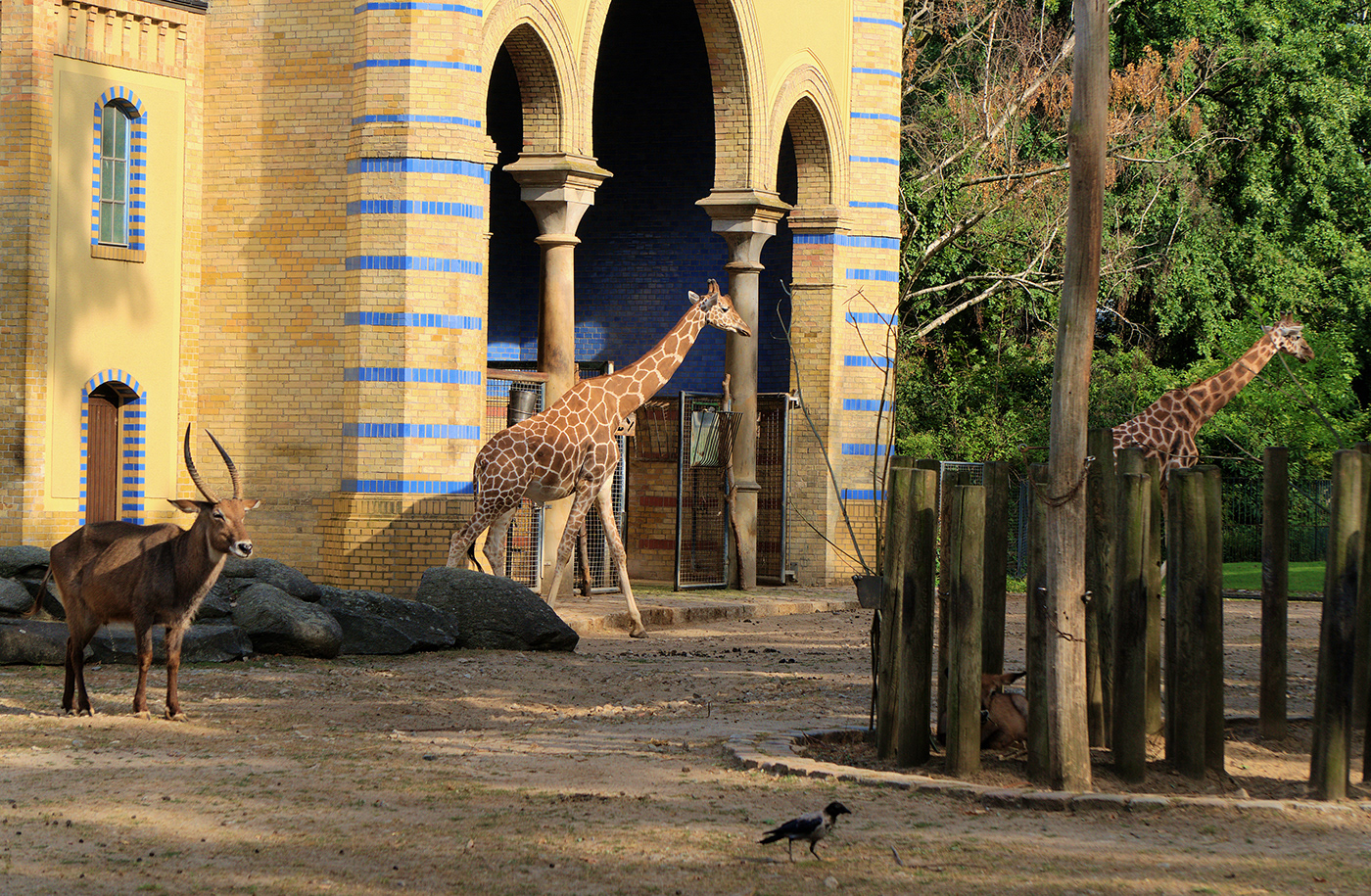
Also Defassa waterbucks (Kobus defassa), an antilope species, as african steppe dwellers, spending about 35% of their time with feeding and resting,are no good candidates for a very high temporal resolution.
The Central and South American white-lipped peccary (Tayassu pecari)is a close relative of pigs and thus might have a similar CFF than above mentioned for the domestic pig. Like this far relative, this peccary runs long periods of rest, mostly in a large pack.
Bearded vulture and panda
The bearded vulture (Gypaetus barbatus) is a bird of prey, but which is not a systematic group. It belongs to the Accipitriformes, while the falcons (Falconidae) with a similar life-style are more closely related to parrots and sparrows. Nevertheless, due to similar behavioral strategies, the known CFF values for falcons might allow statements to be made about the bearded vulture.
According to S. Potier et al. (2019) hawk species show CFF's between 81 and 129 Hz. The bearded vulture might belong the lower third of these temporal resolution values, since it has to recognize food from a greater height, but mainly feeds on bones. So its prey wouldn't run away.
According to L. Xiaona et al. (2018) the Giant panda (Ailuropoda melanoleuca) has a keen vision at night as well as during the day, also regarding color recognition. This contradicts older assumptions, according to which the pandas, as predominantly nocturnal animals, have a rather poor sense of sight.
A CFF value does not seem to be known. But due to the predominant consumption of bamboo with a Carnivora digestive tract, the metabolism is rather low and therefore the temporal resolution probably is too.
The zoo animals that I present below have different temporal resolutions. But even when I look deep into their eyes, how they actually perceive this moment with me remains their secret.
Bonobo through the glass wall: Studying human zoo visitors
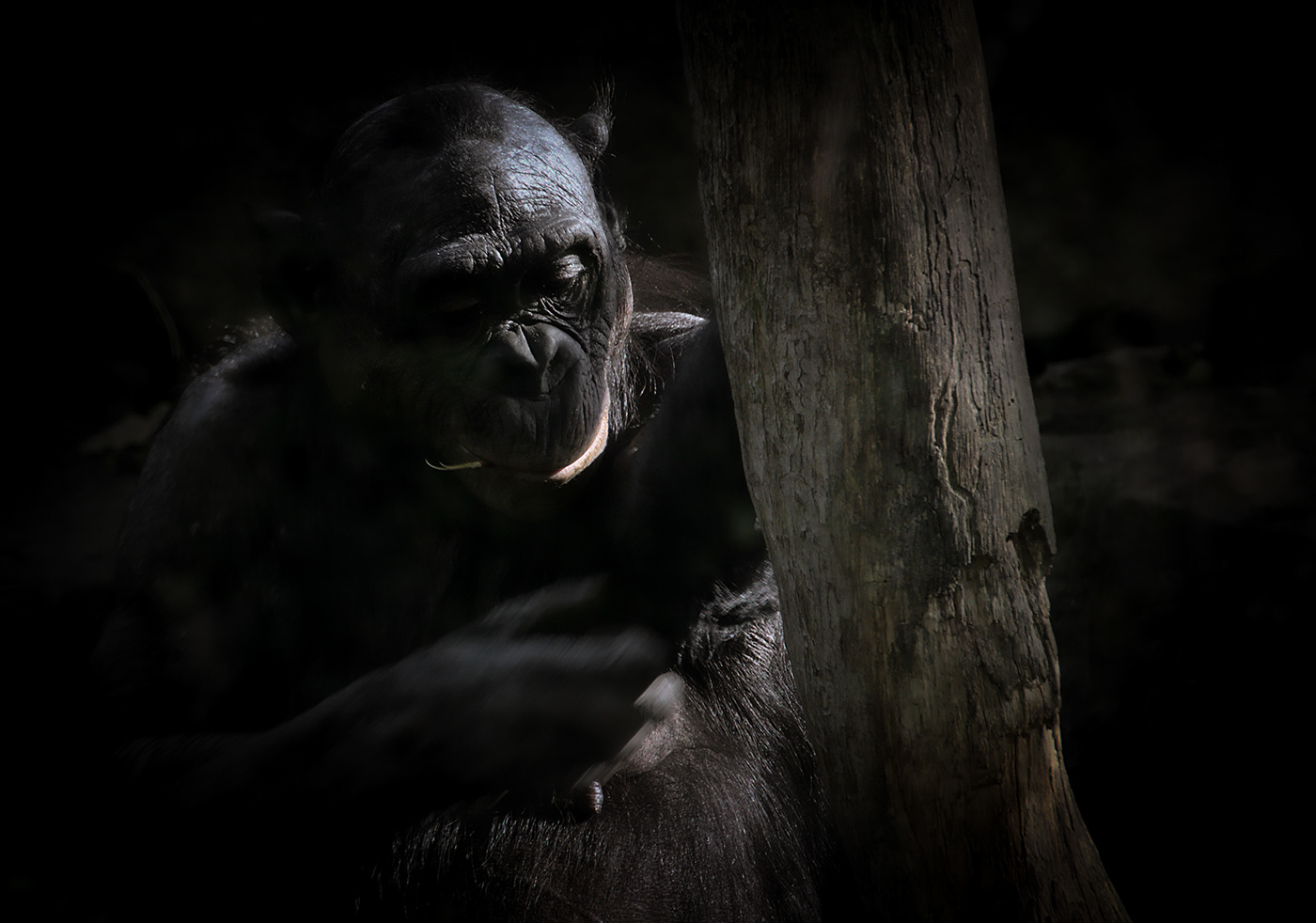
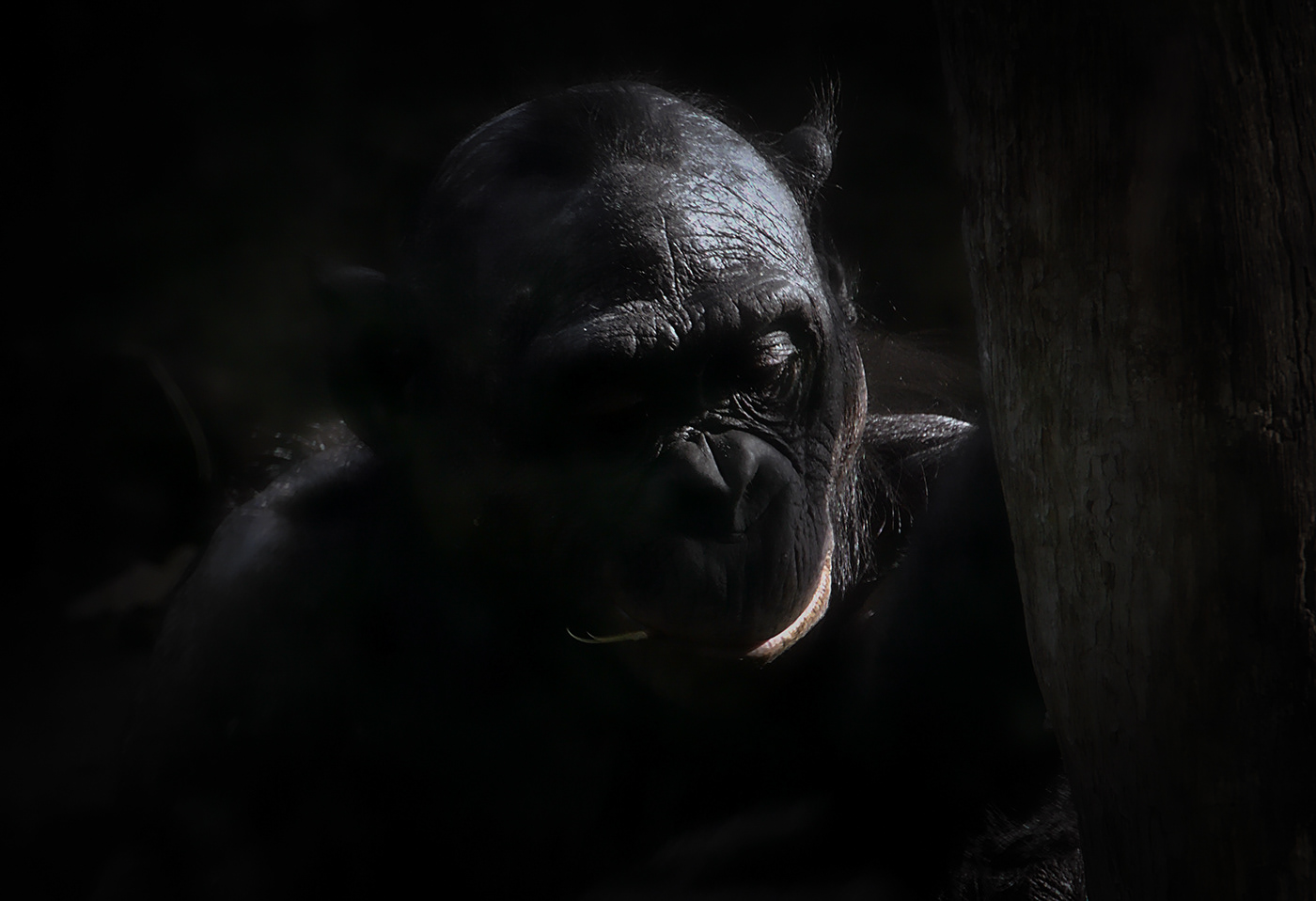
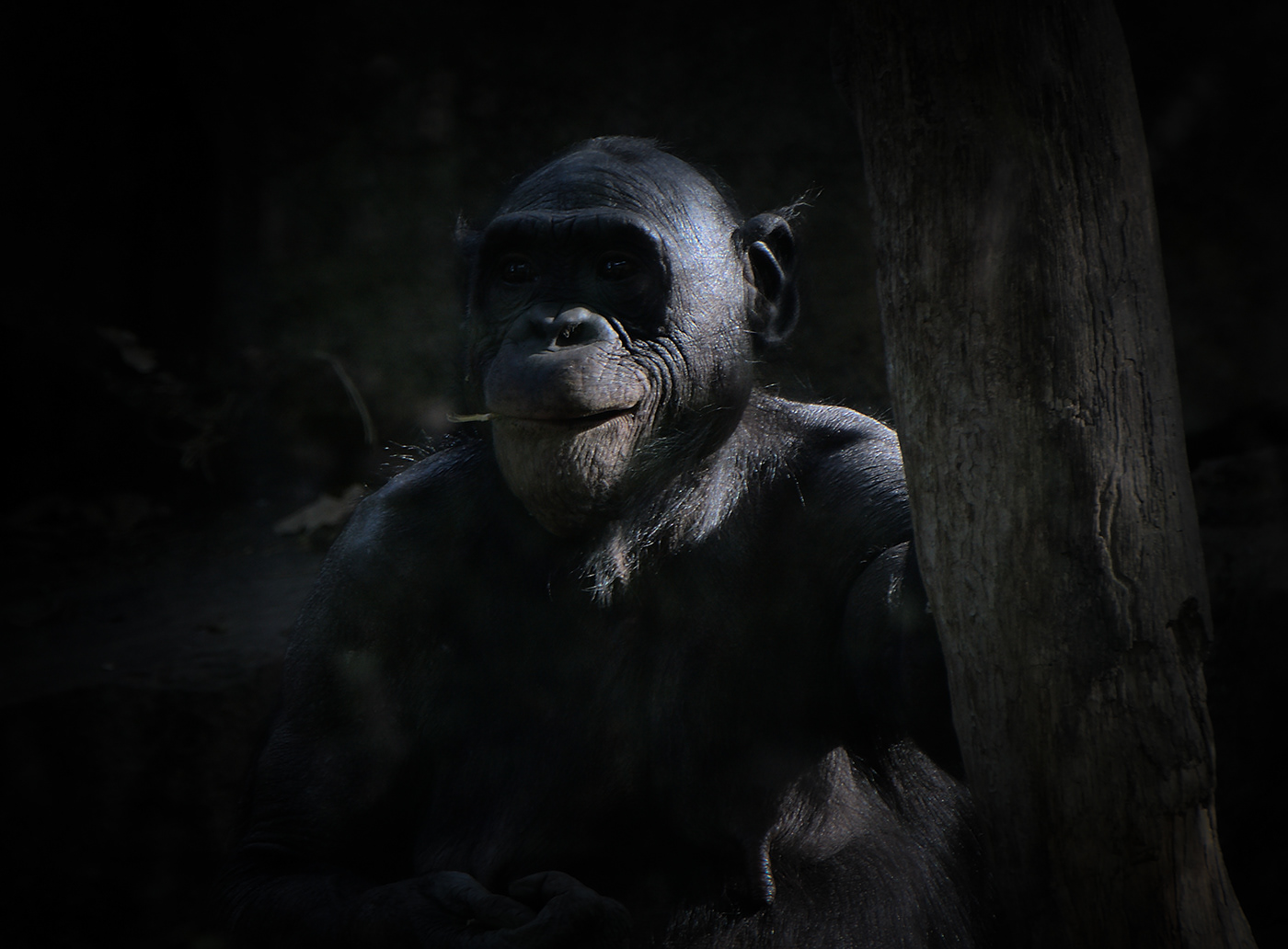
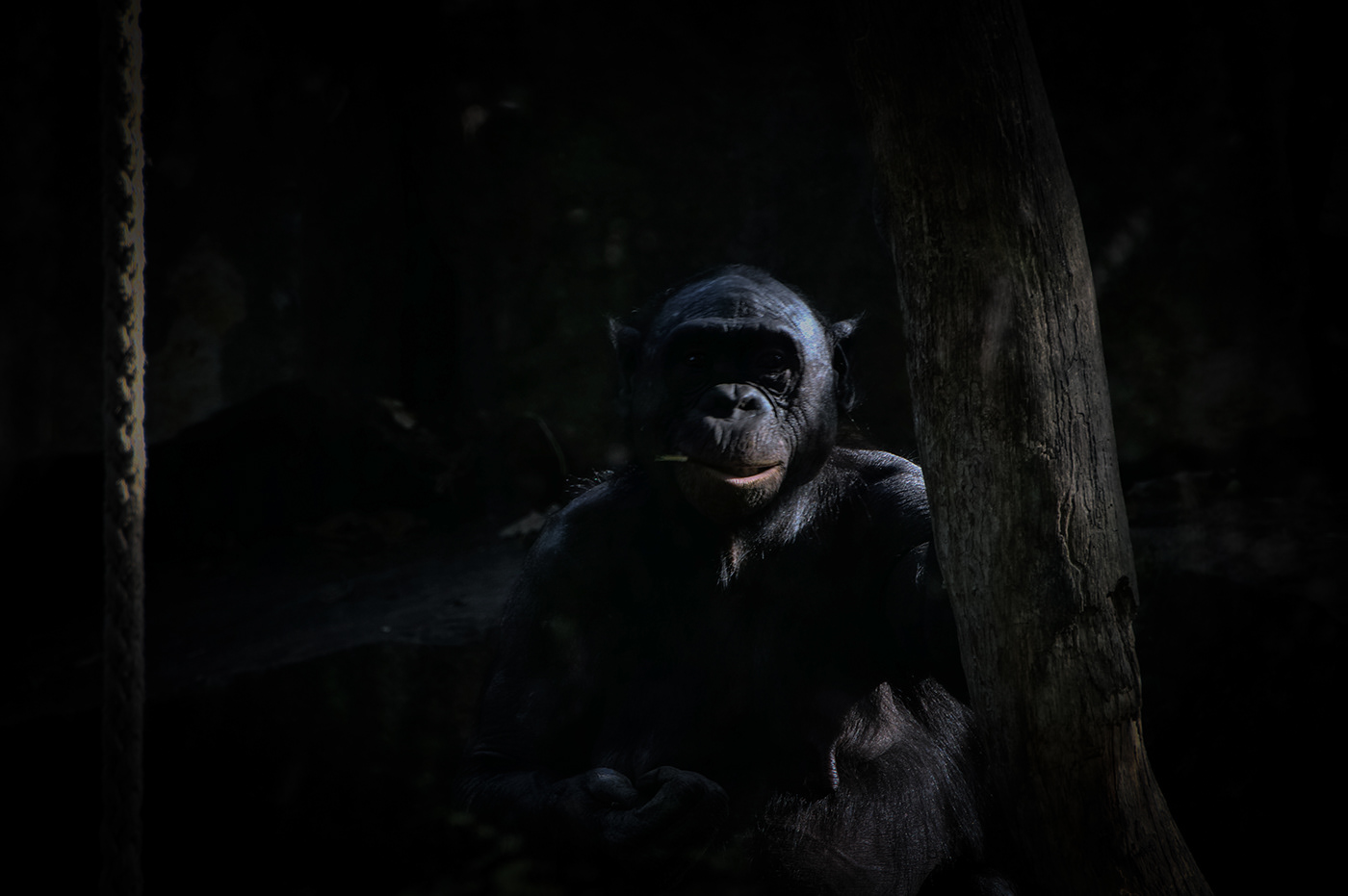
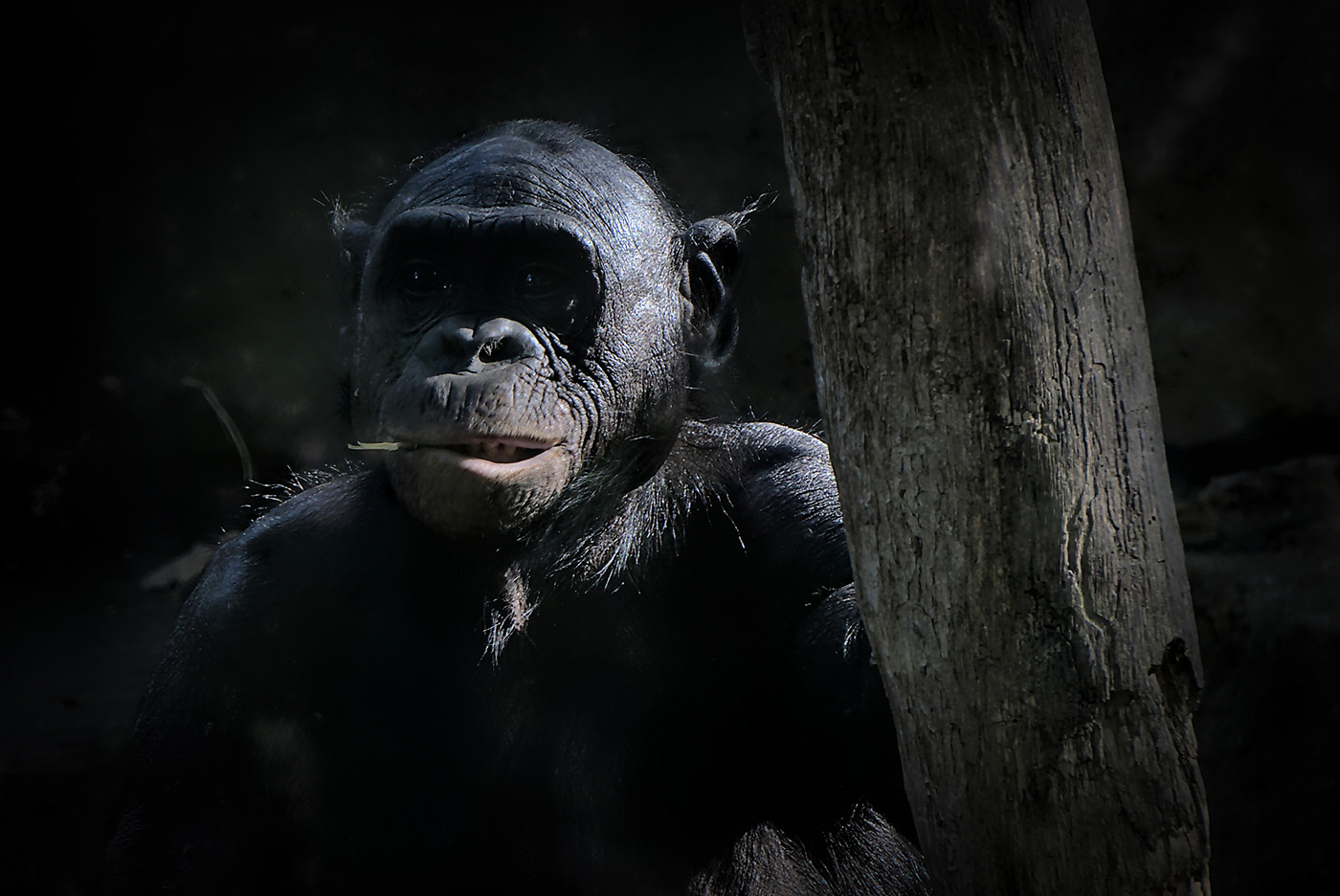

Southern hornbill: with ciliated eyes of a ground dweller
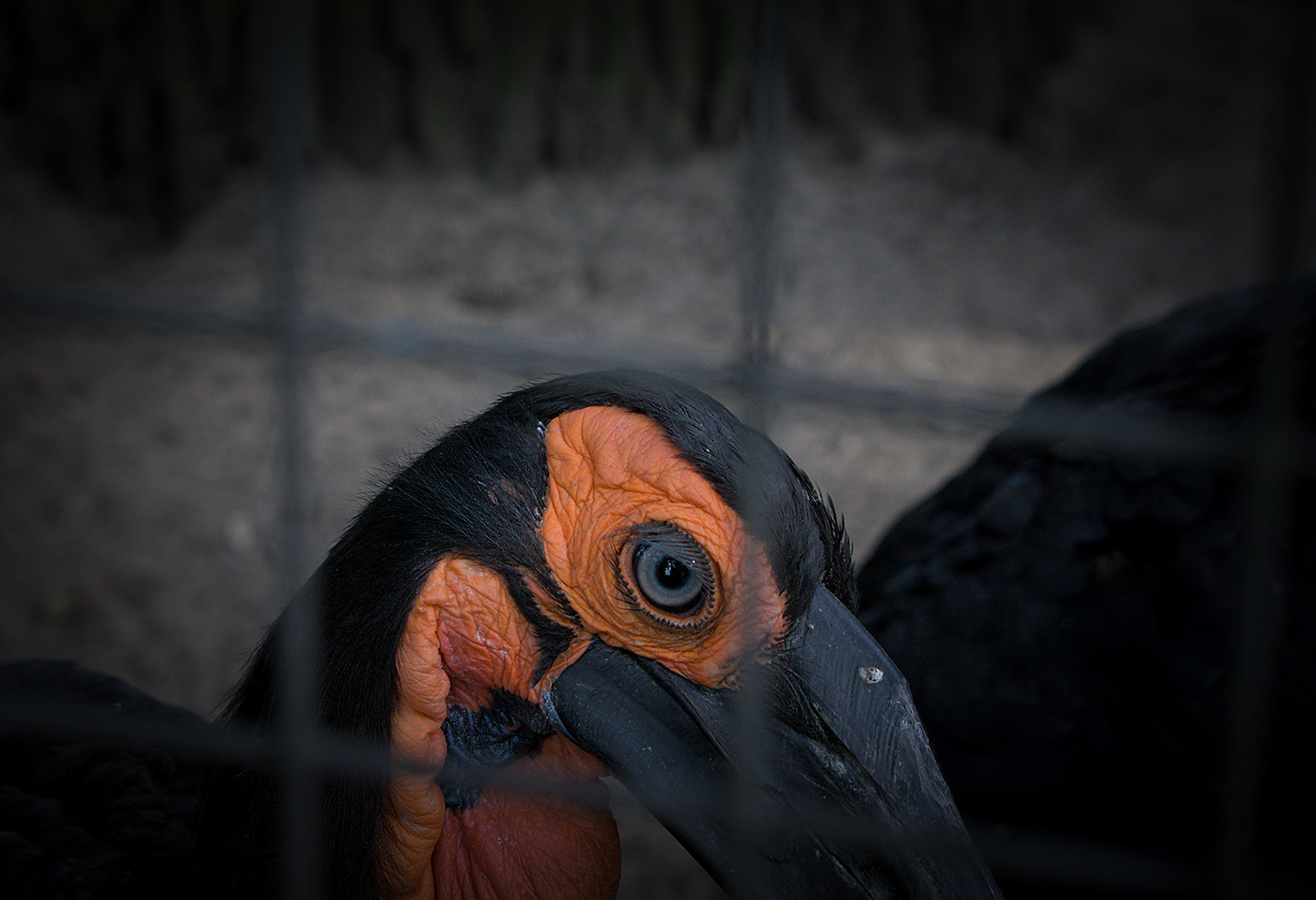
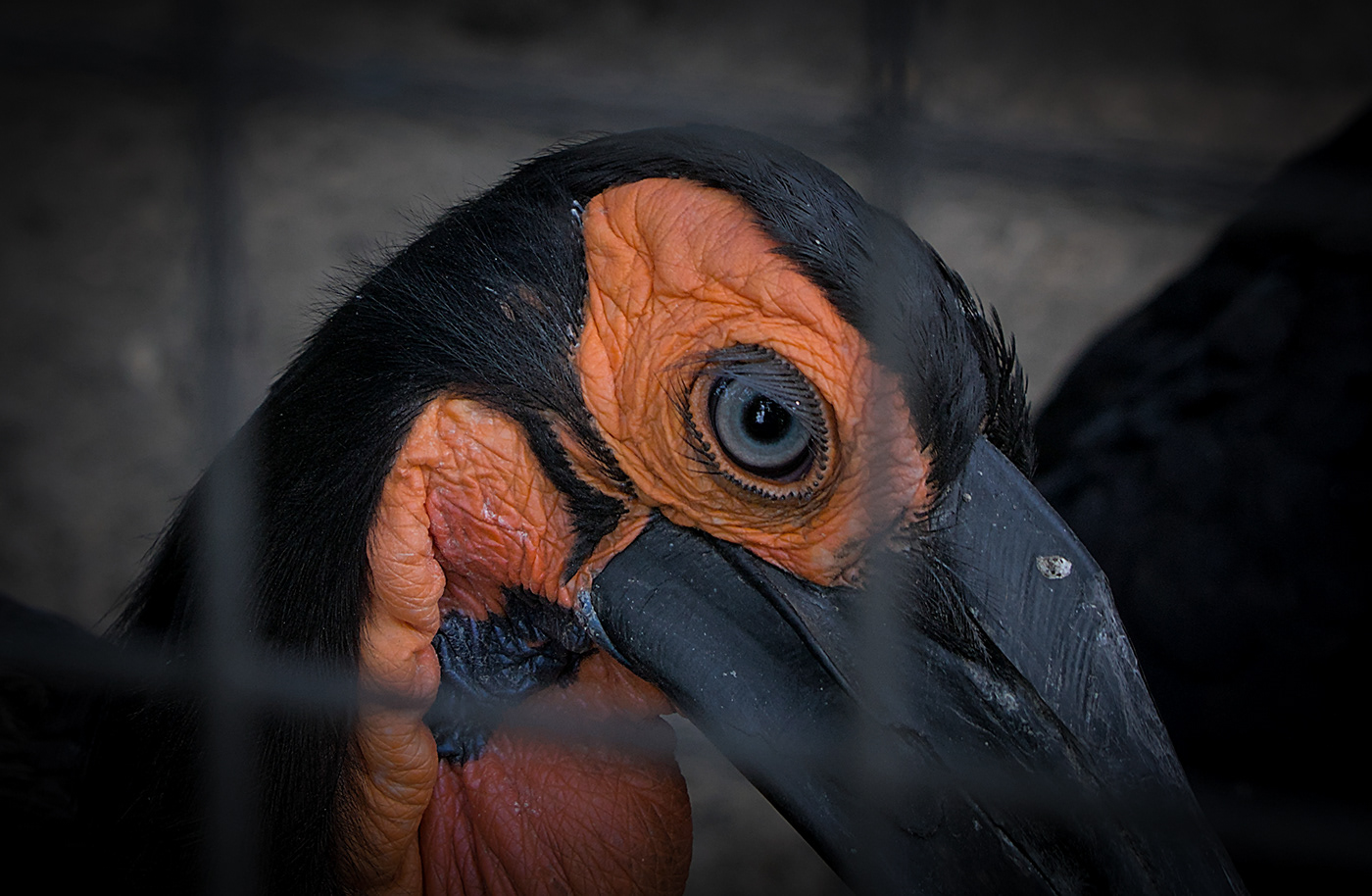
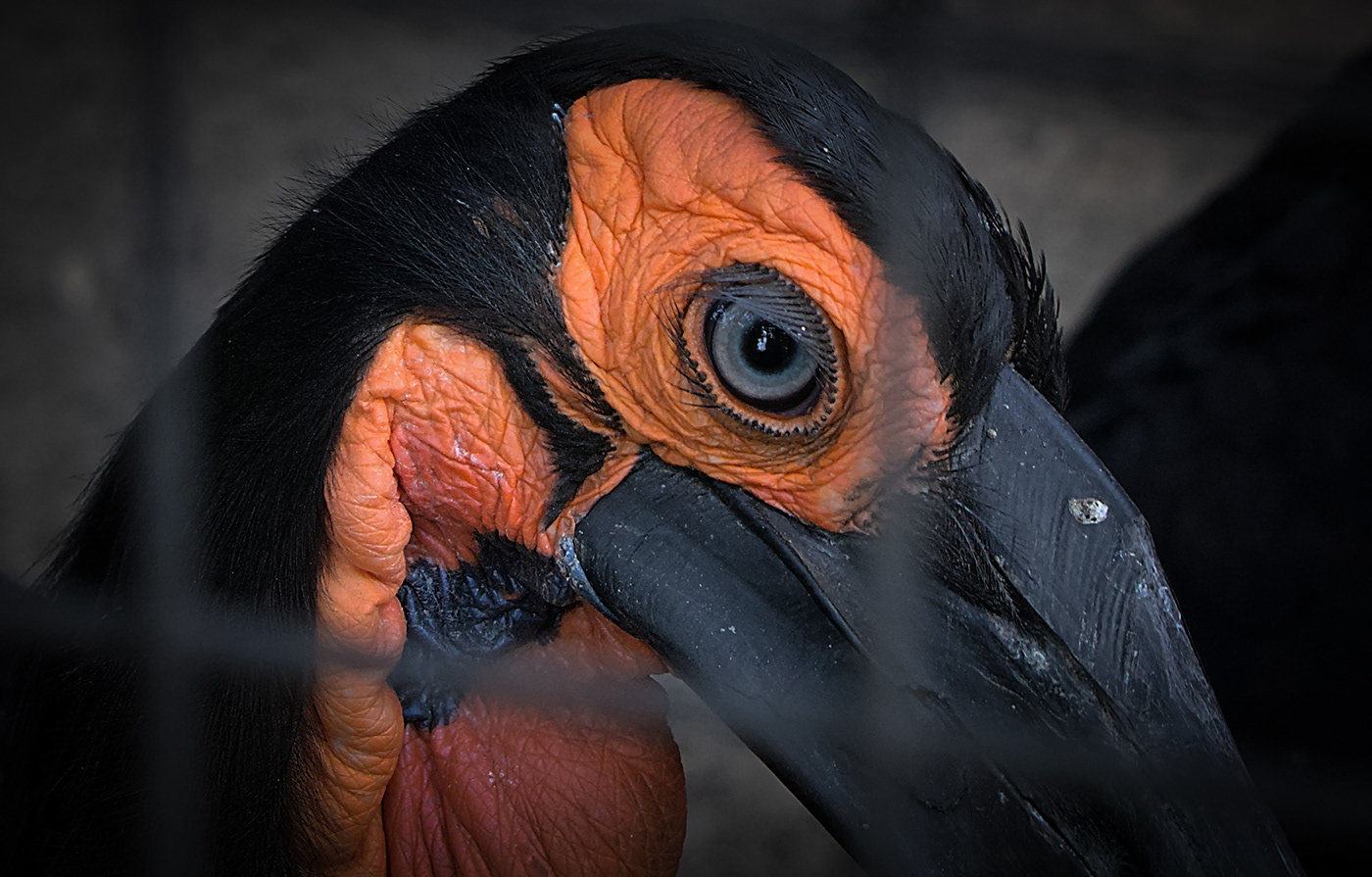
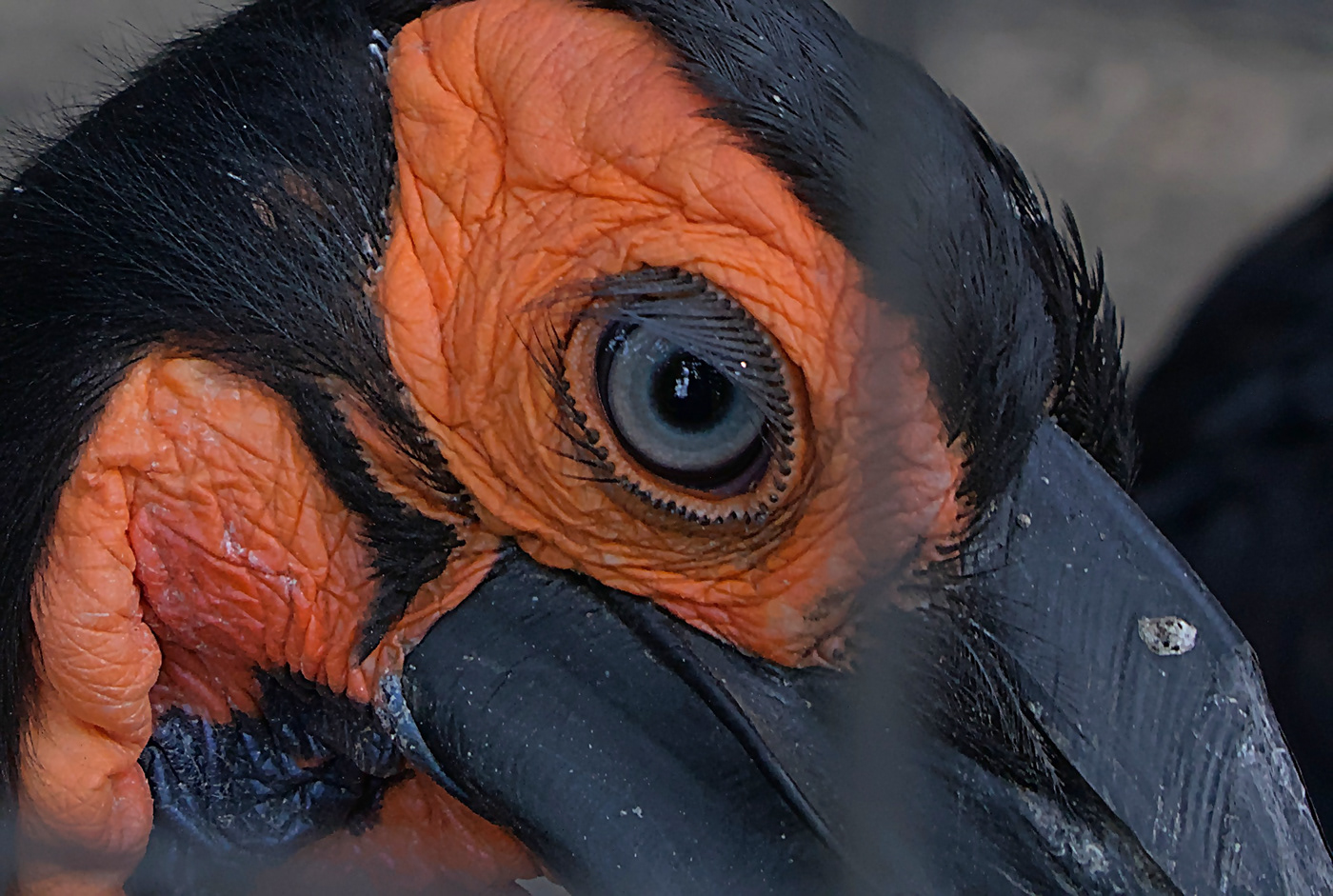
Deer pig: is endemic to Buru Island and neighboring Sula Islands
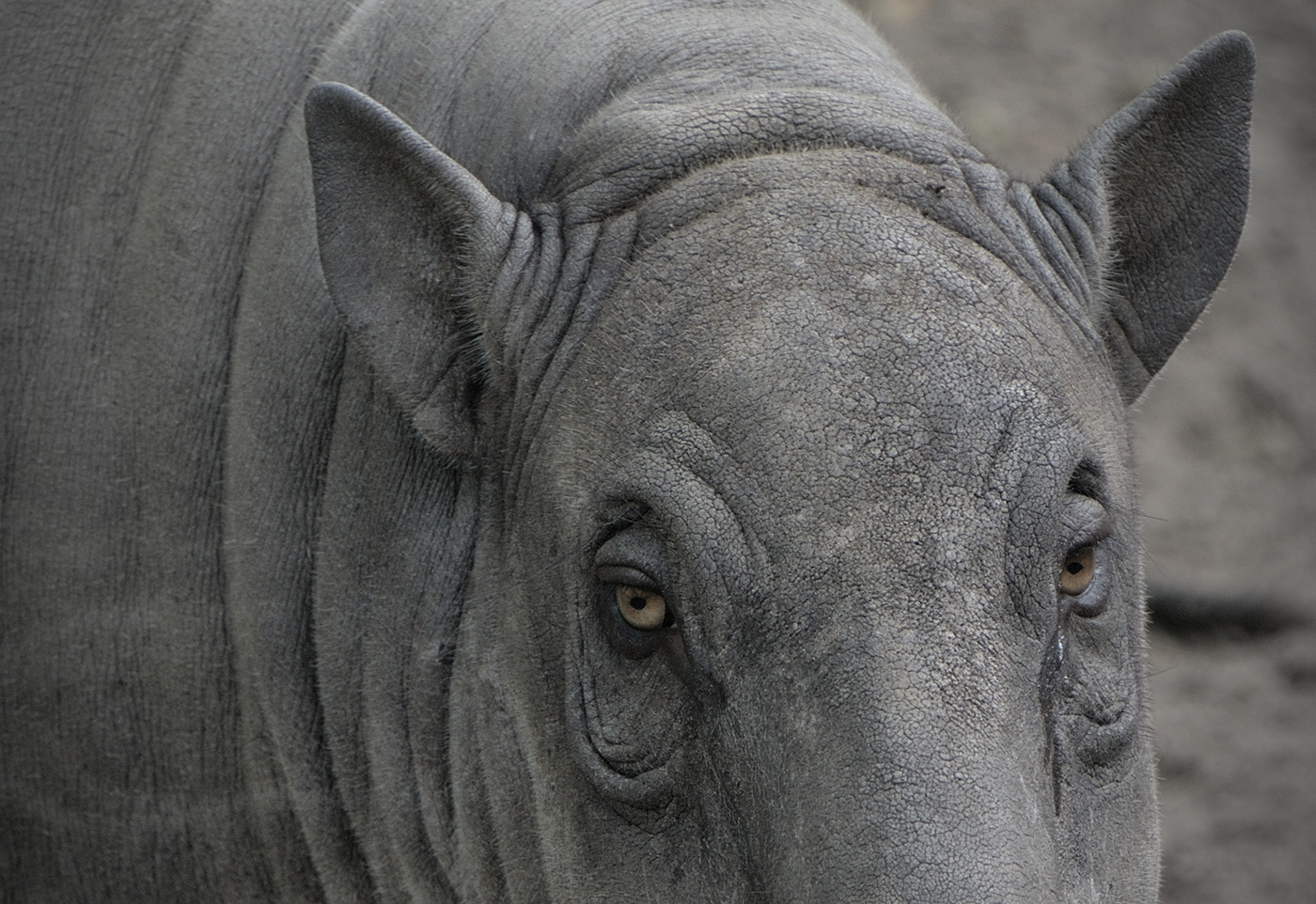
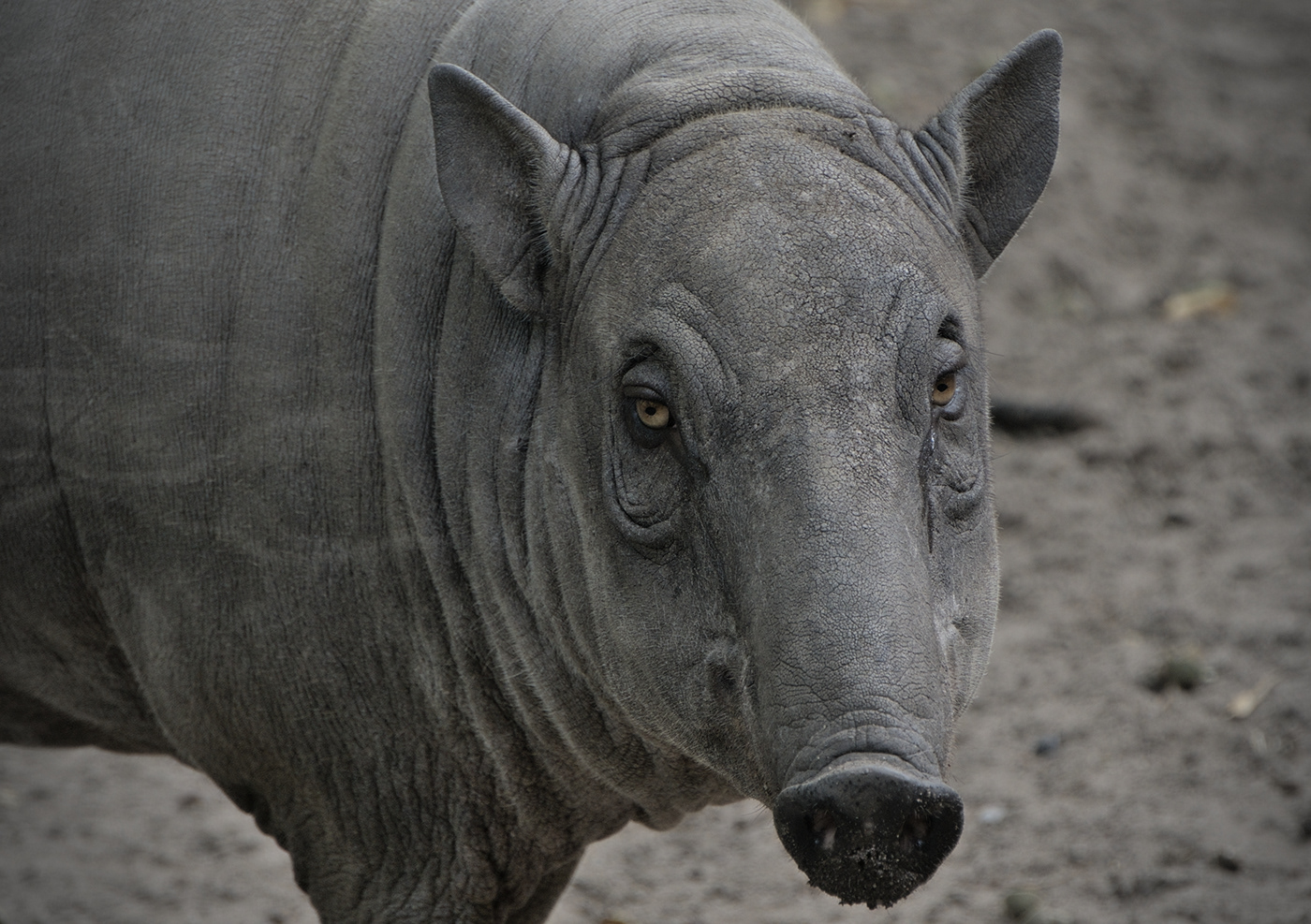
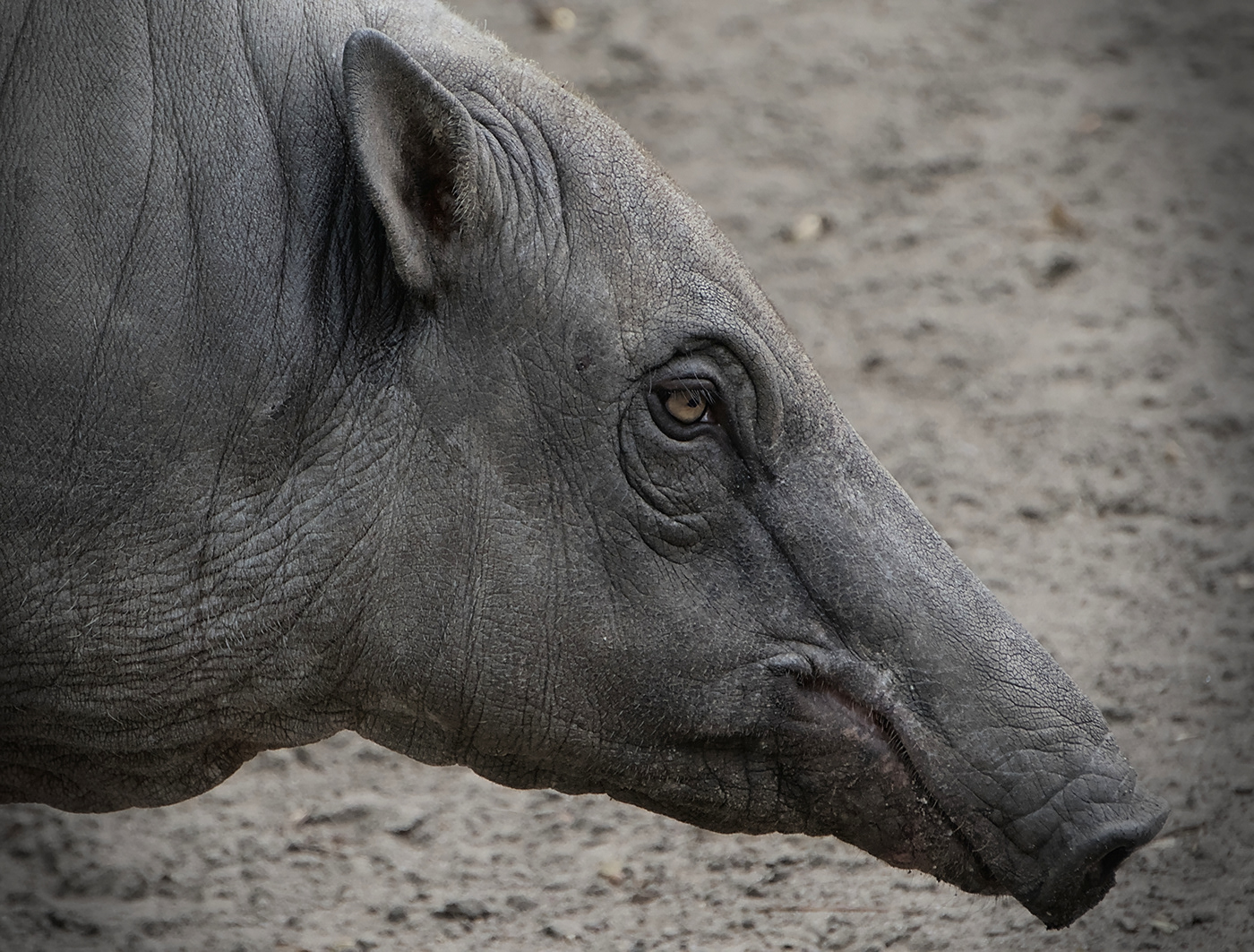
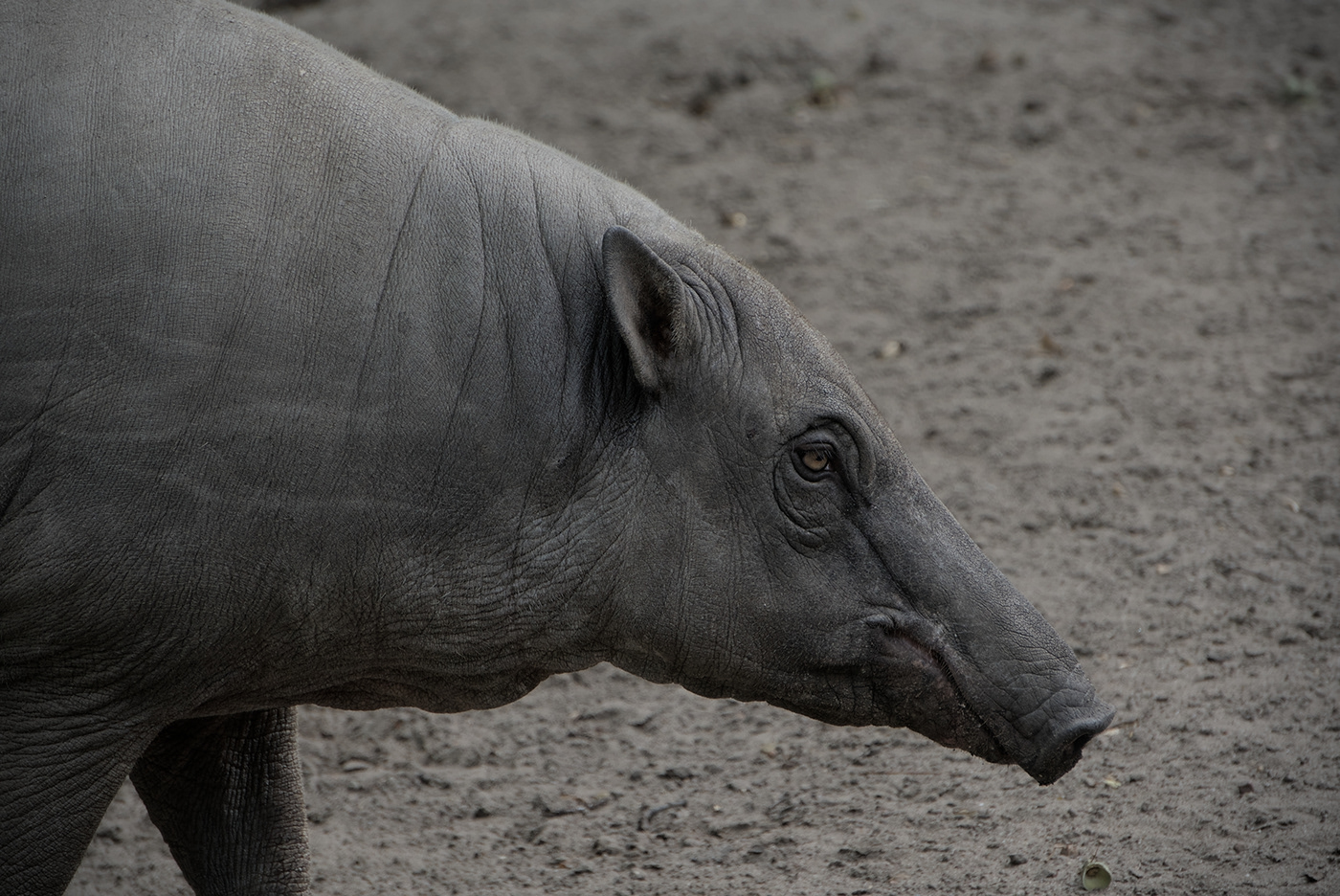

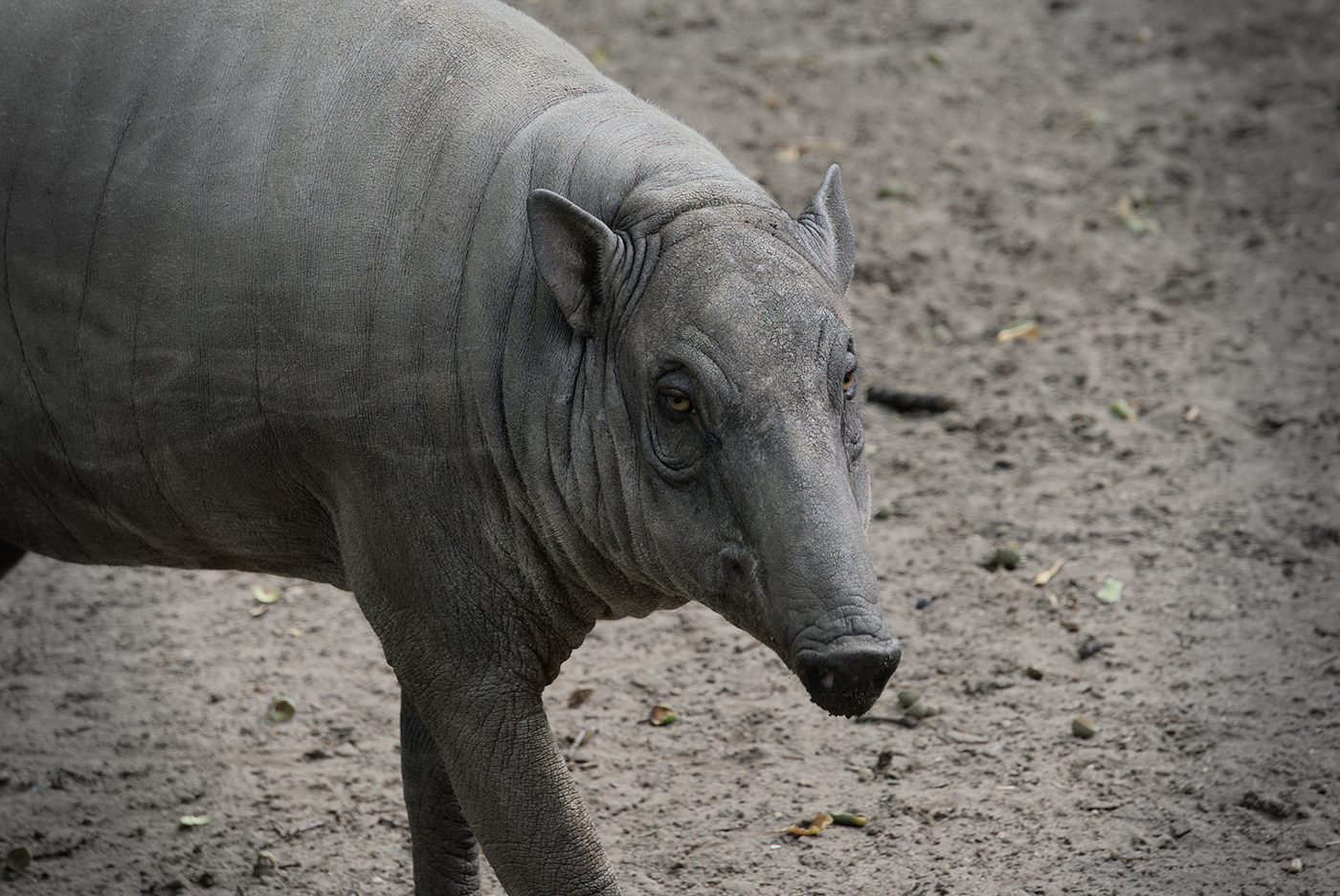

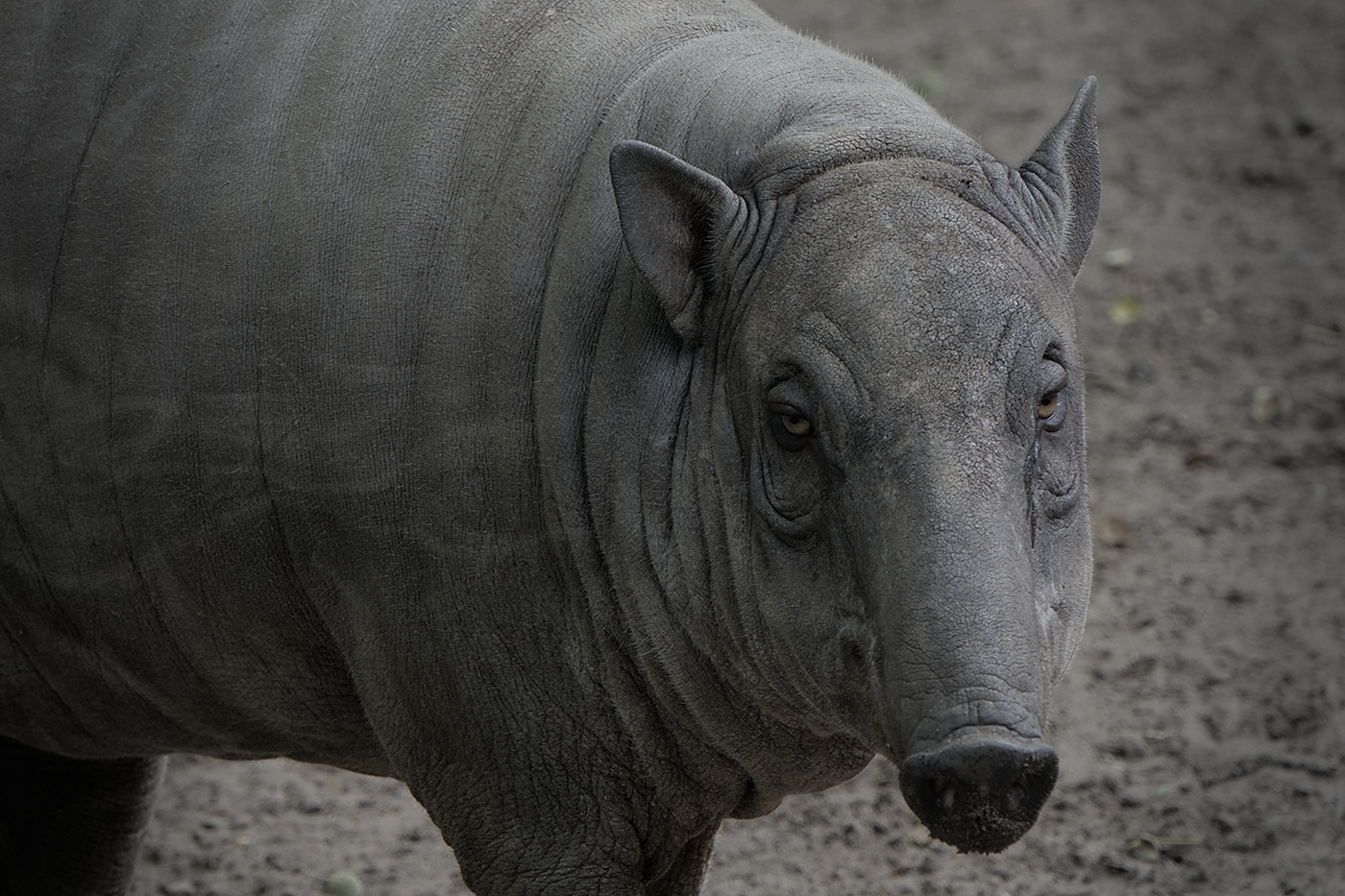

Congo buffalo: is a rainforest dweller of west and central Africa
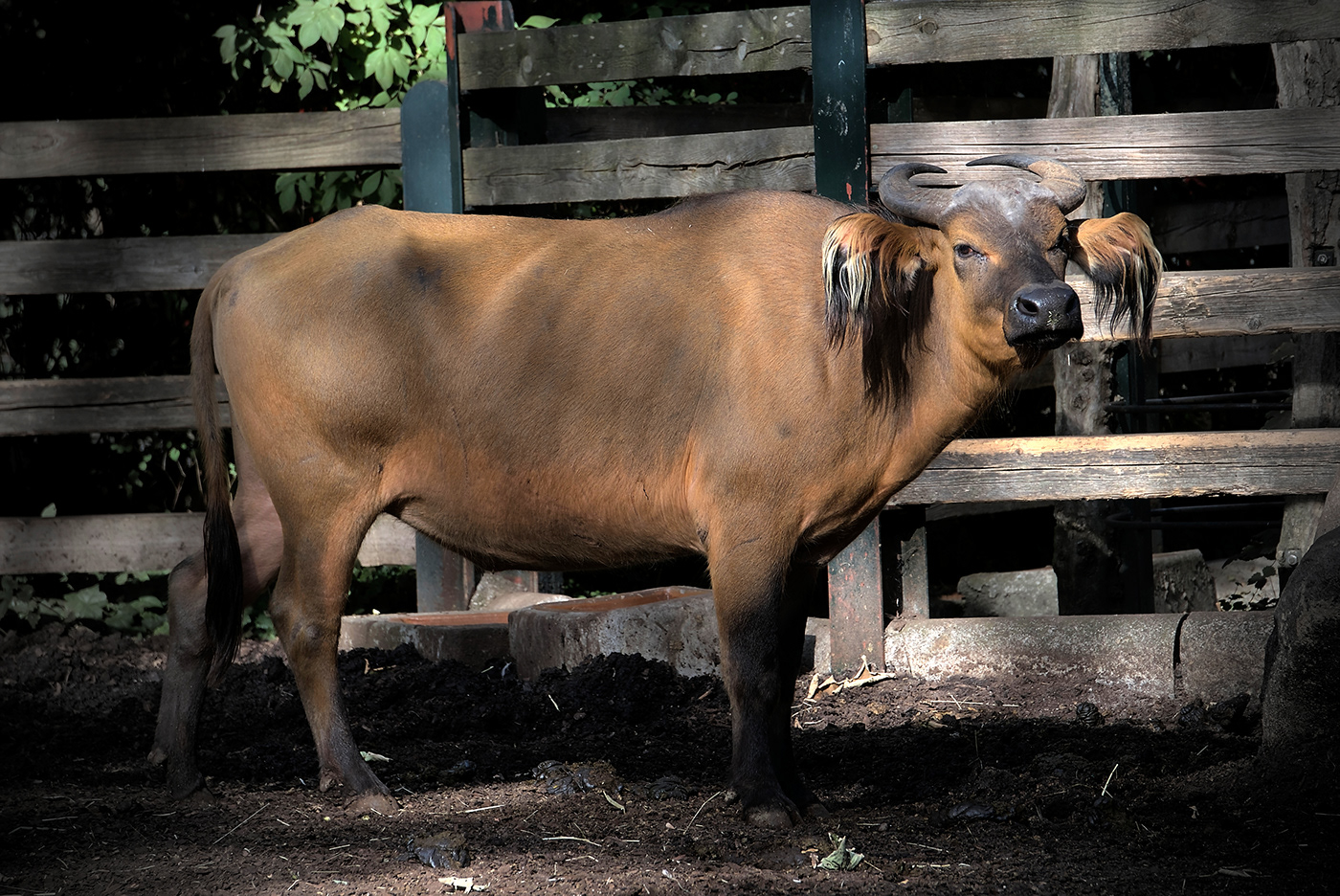


Defassa waterbuck/Rothschild's giraffe: share habitats in Africa
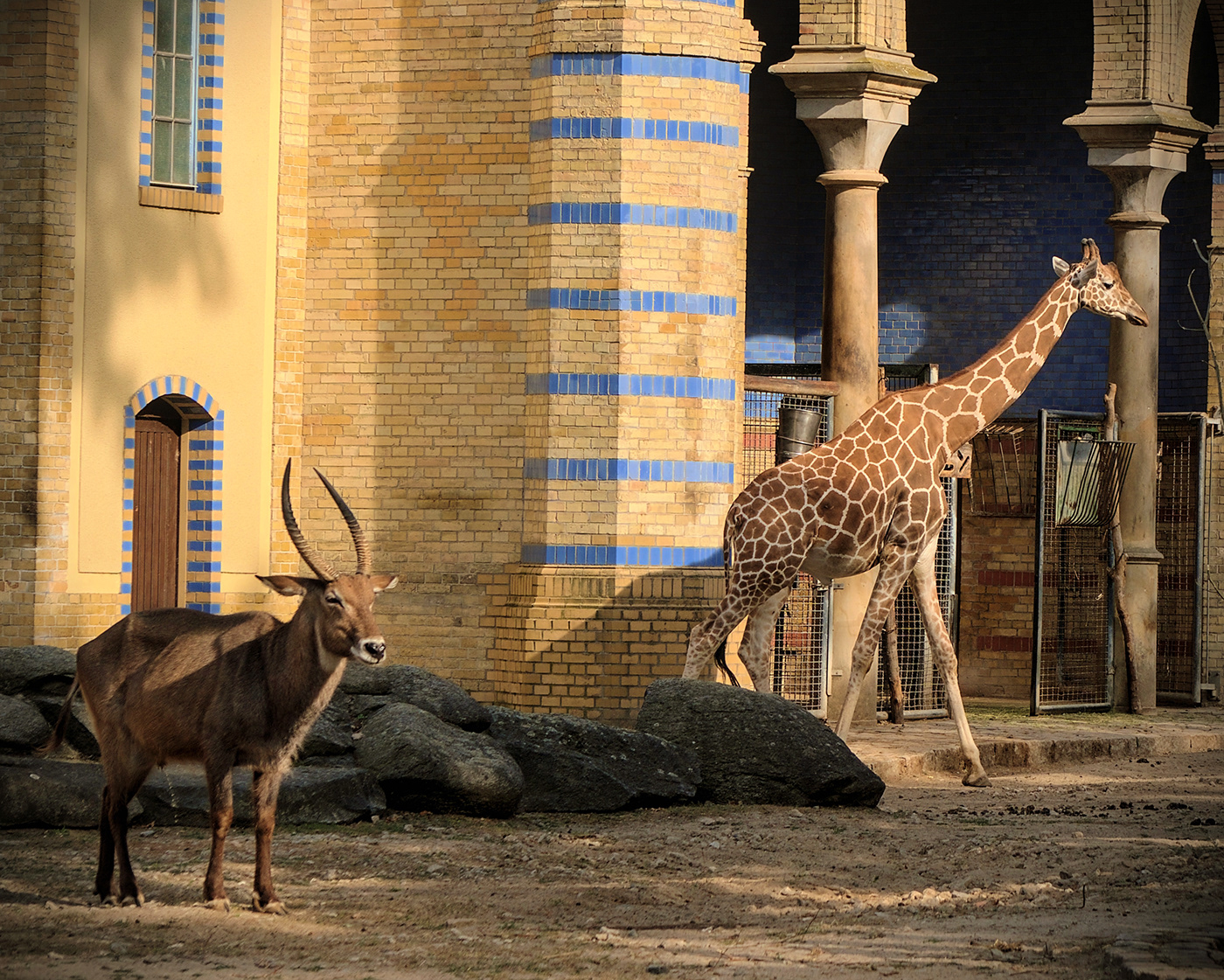
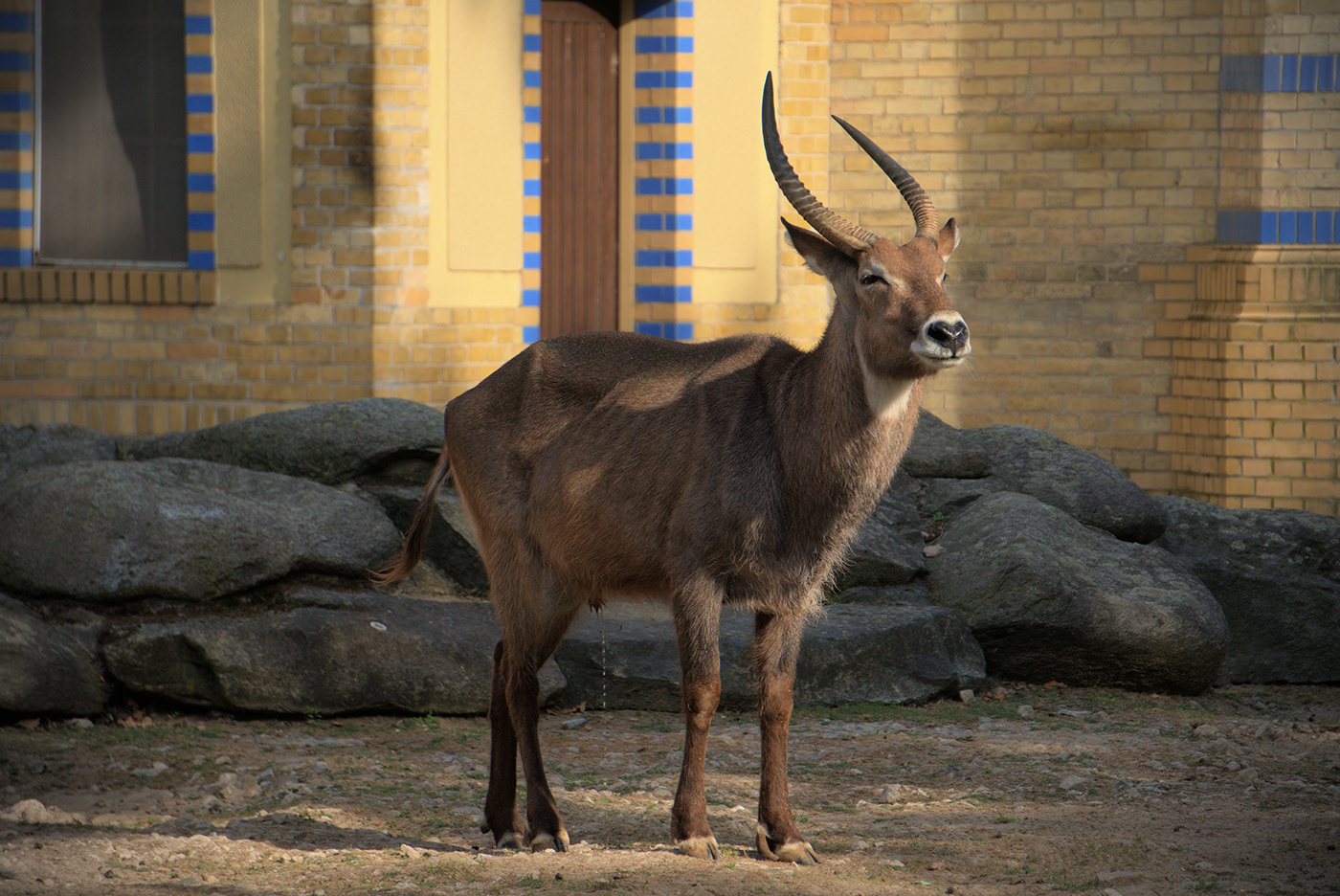
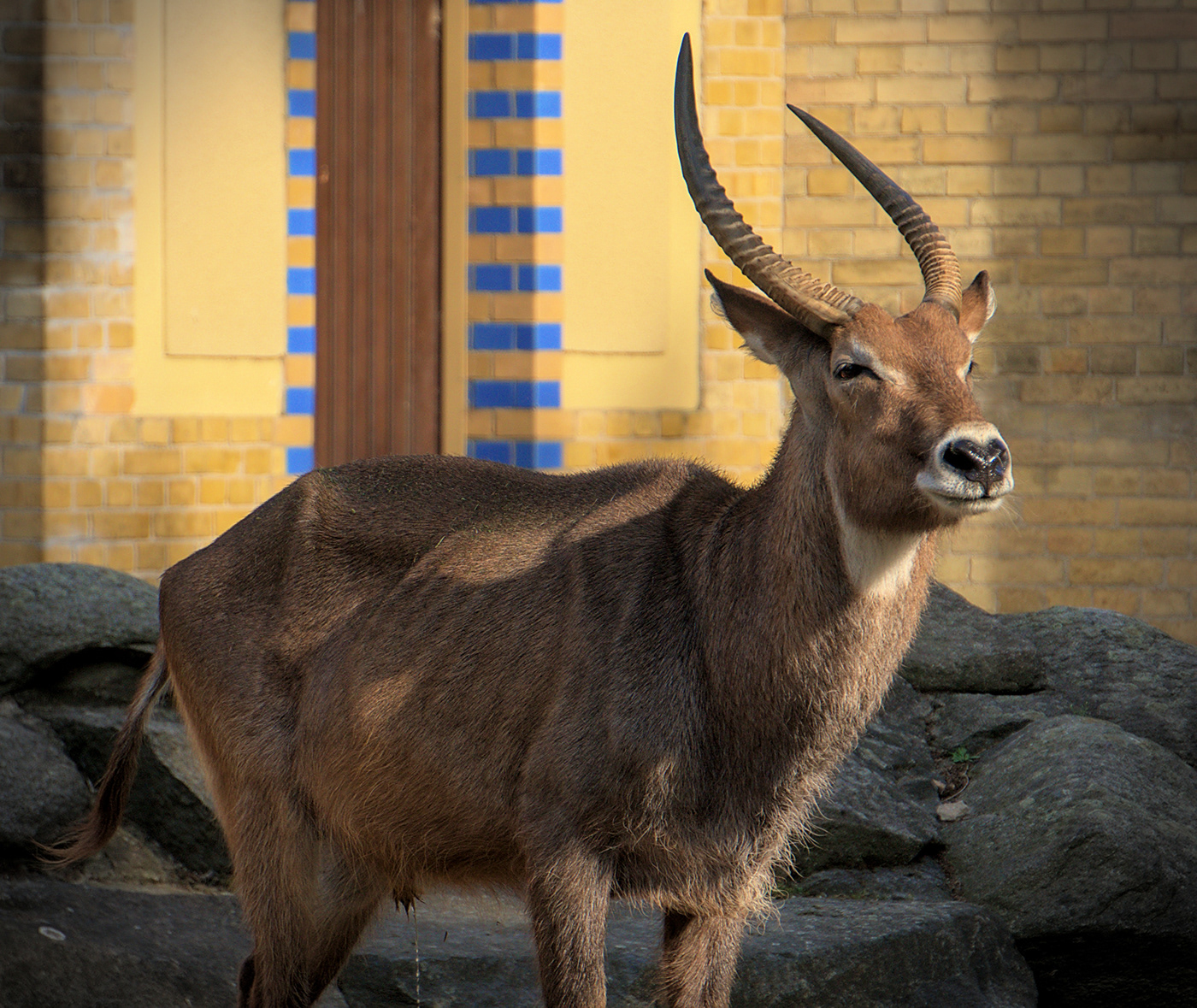
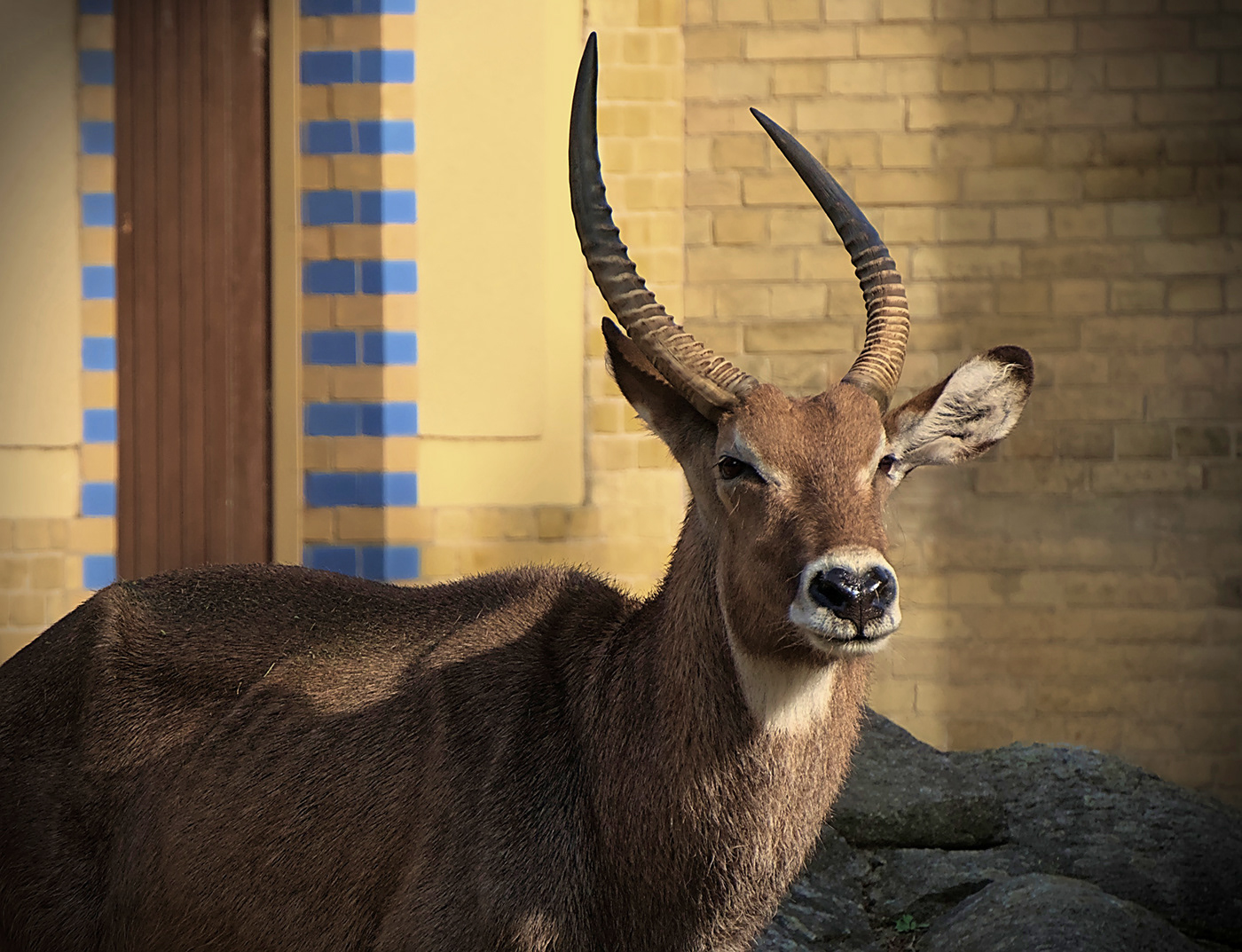
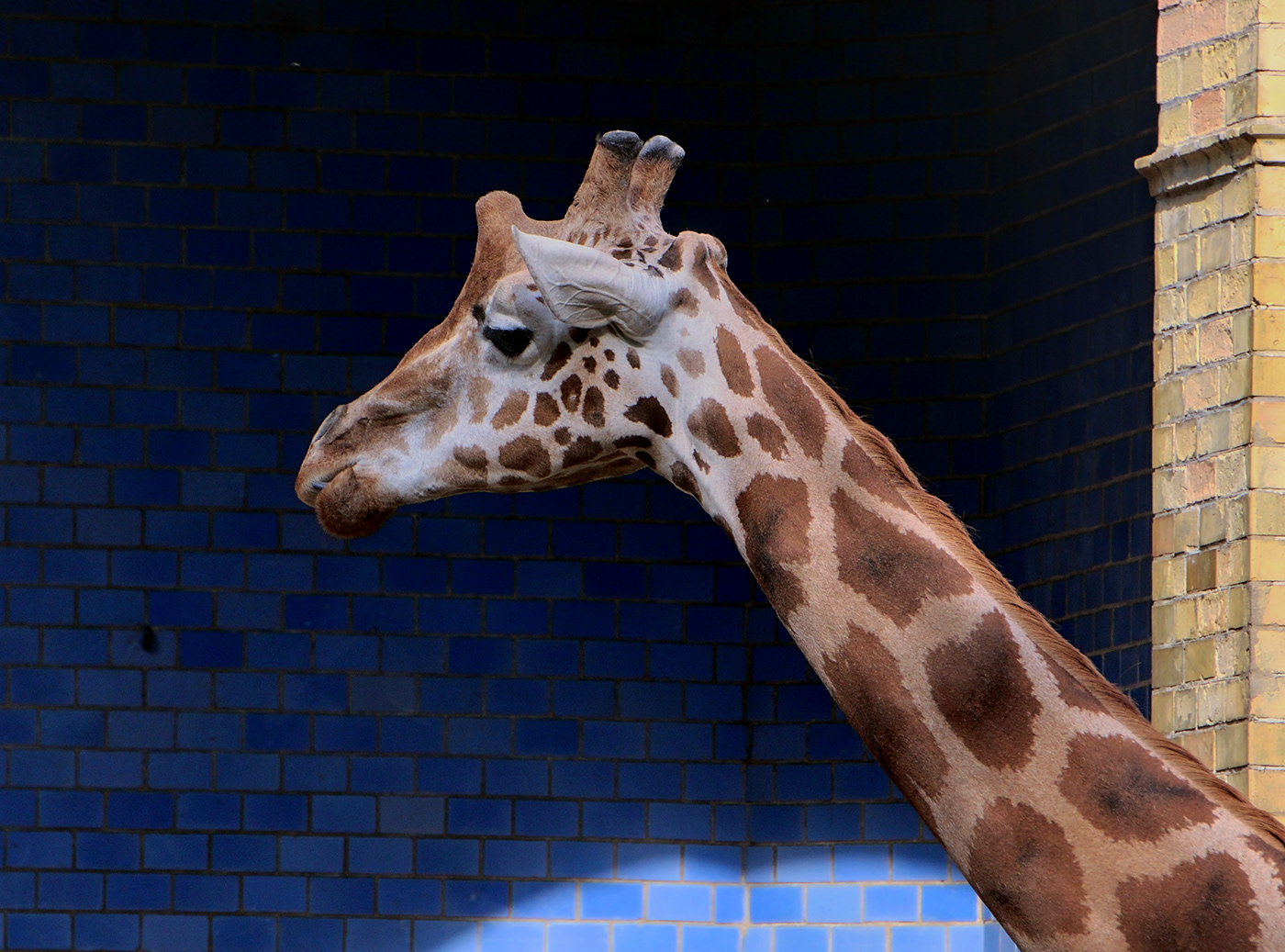
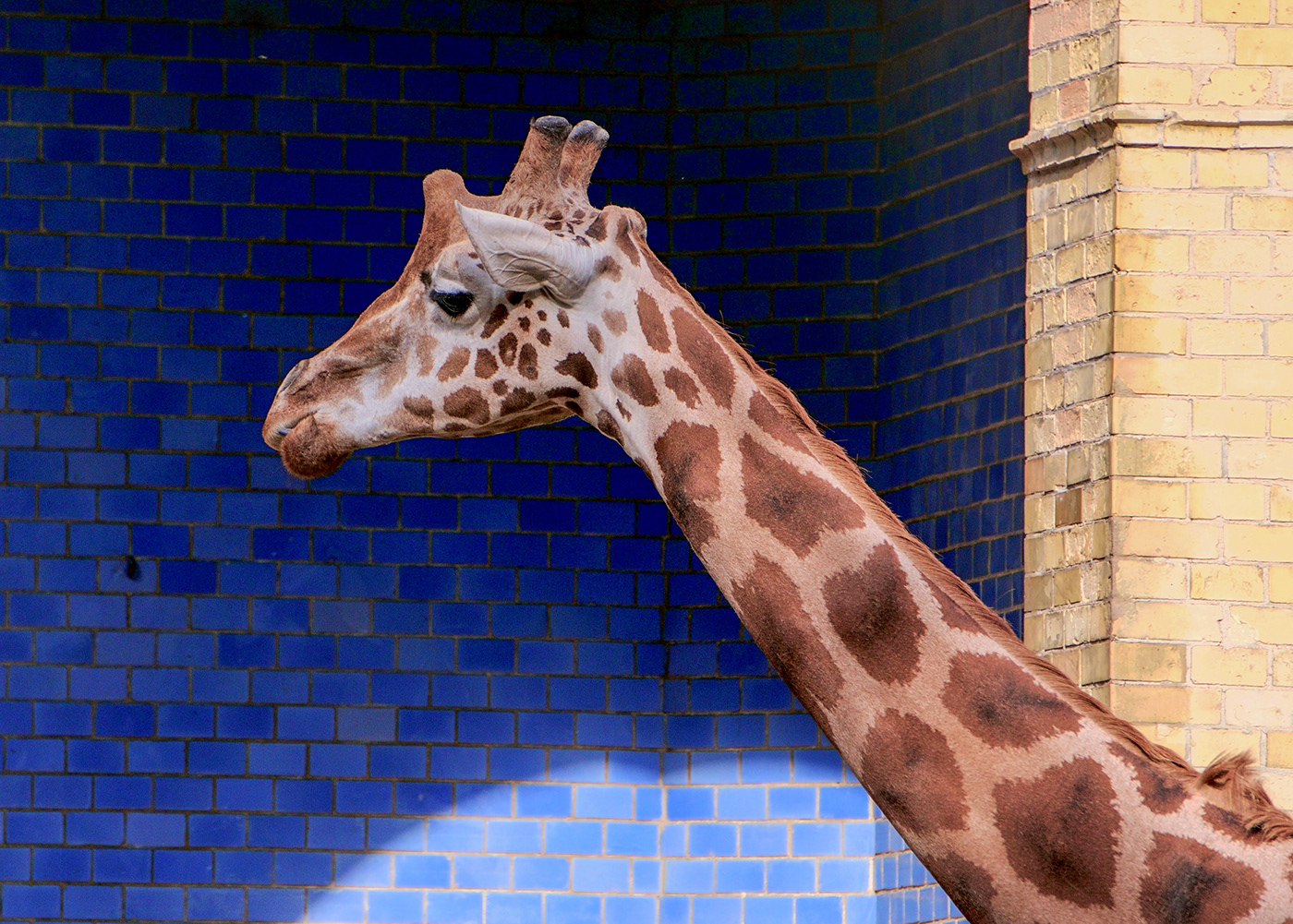
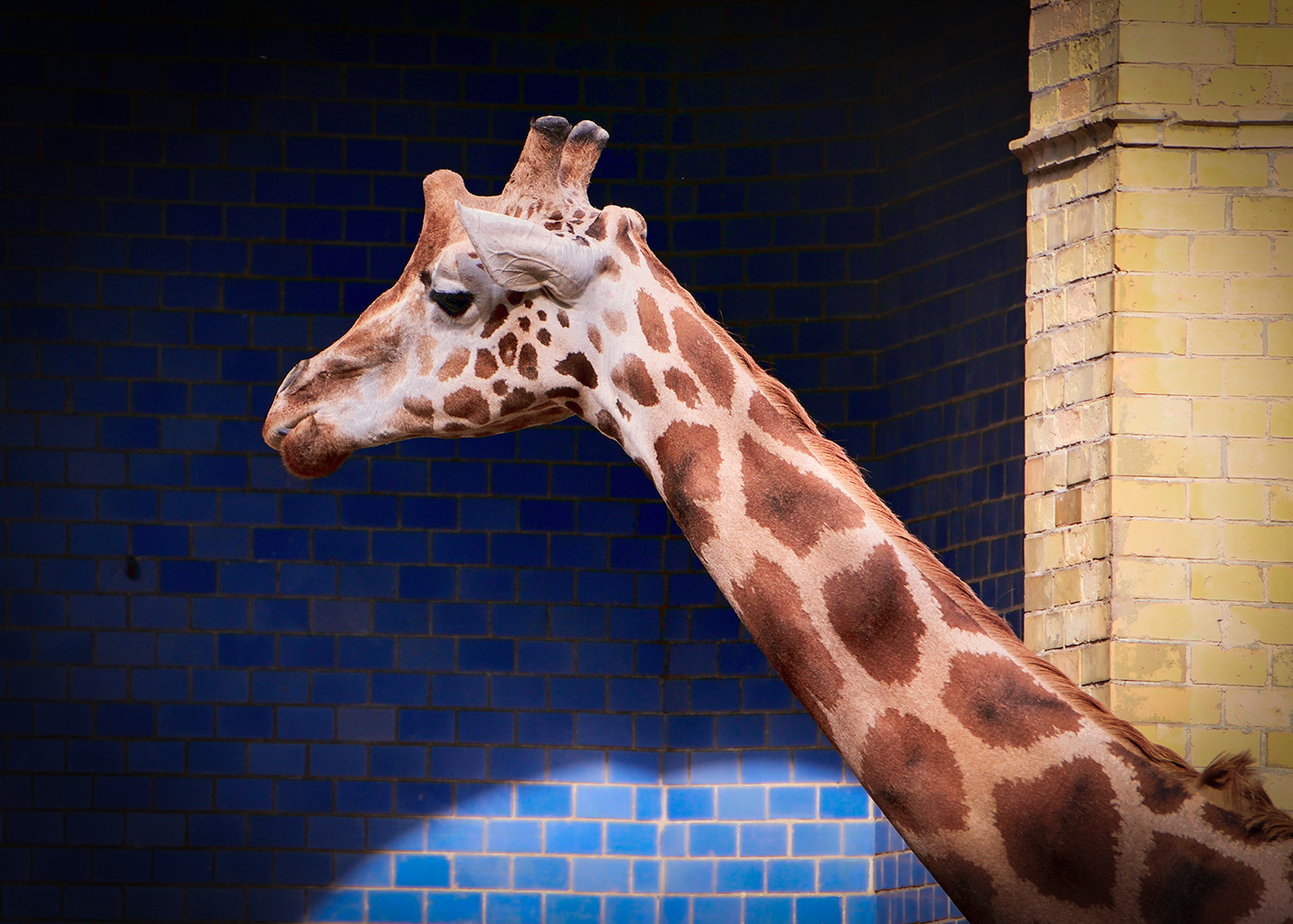
White-lipped peccary: belongs to Suina and lives in larger packs
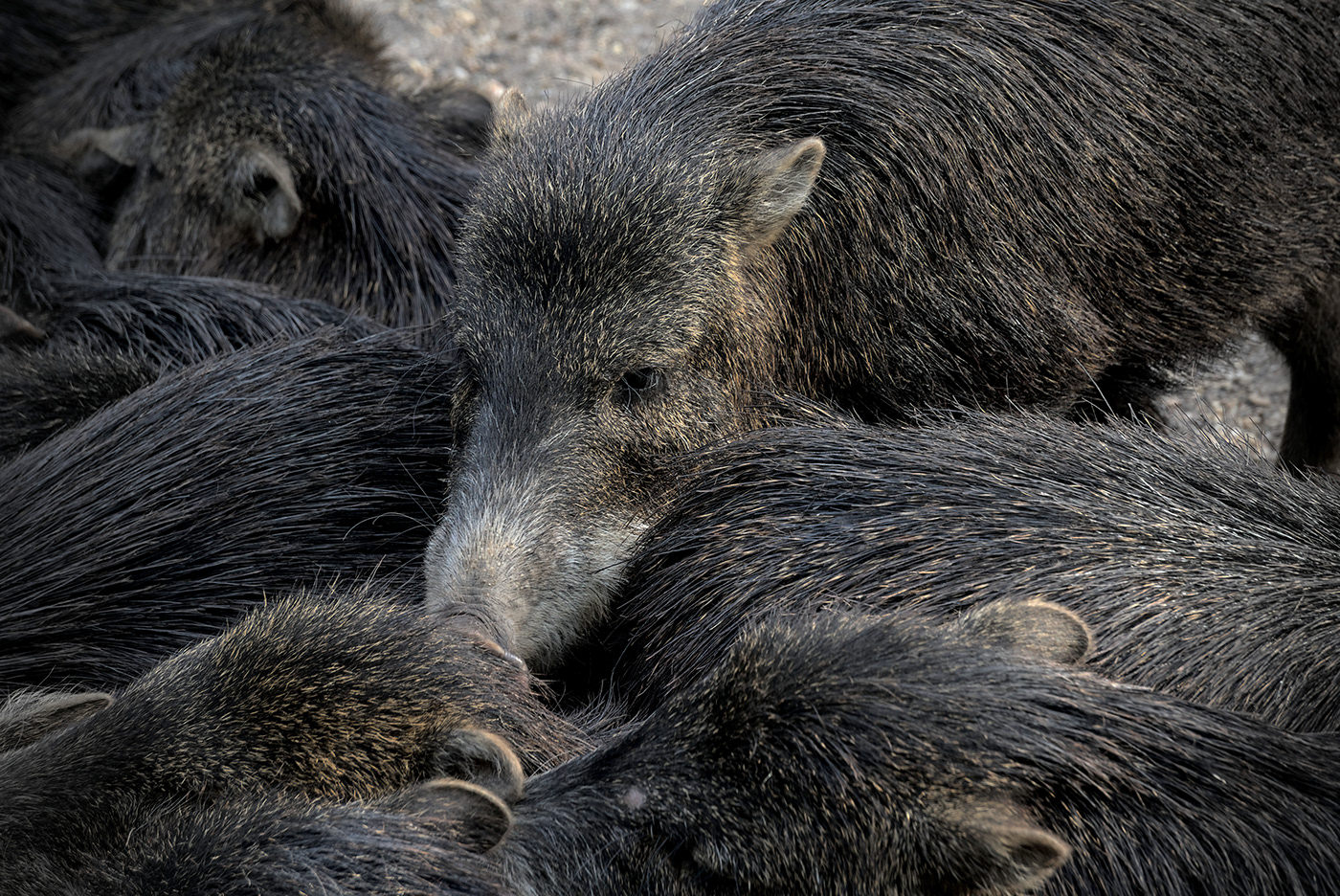
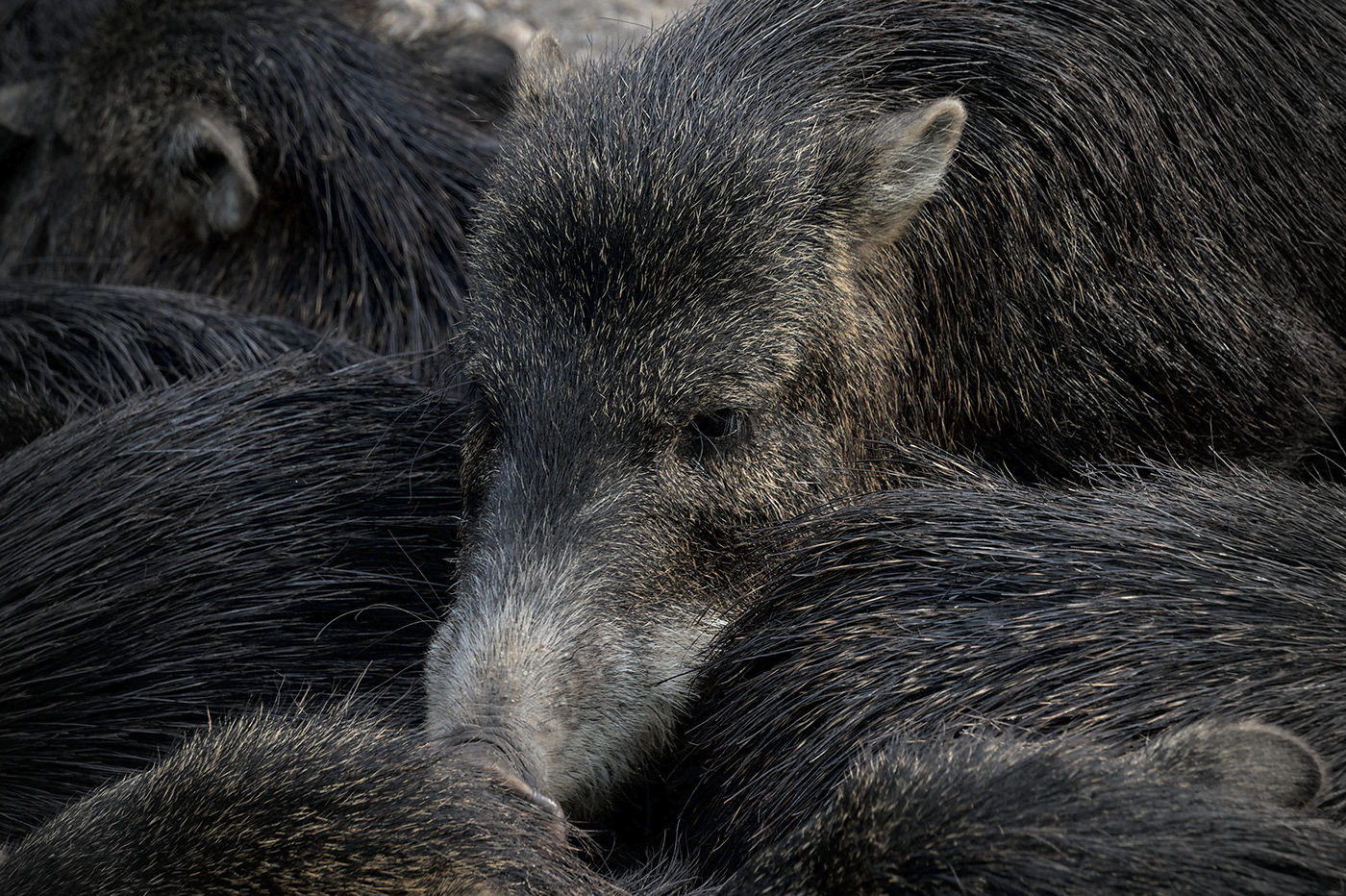
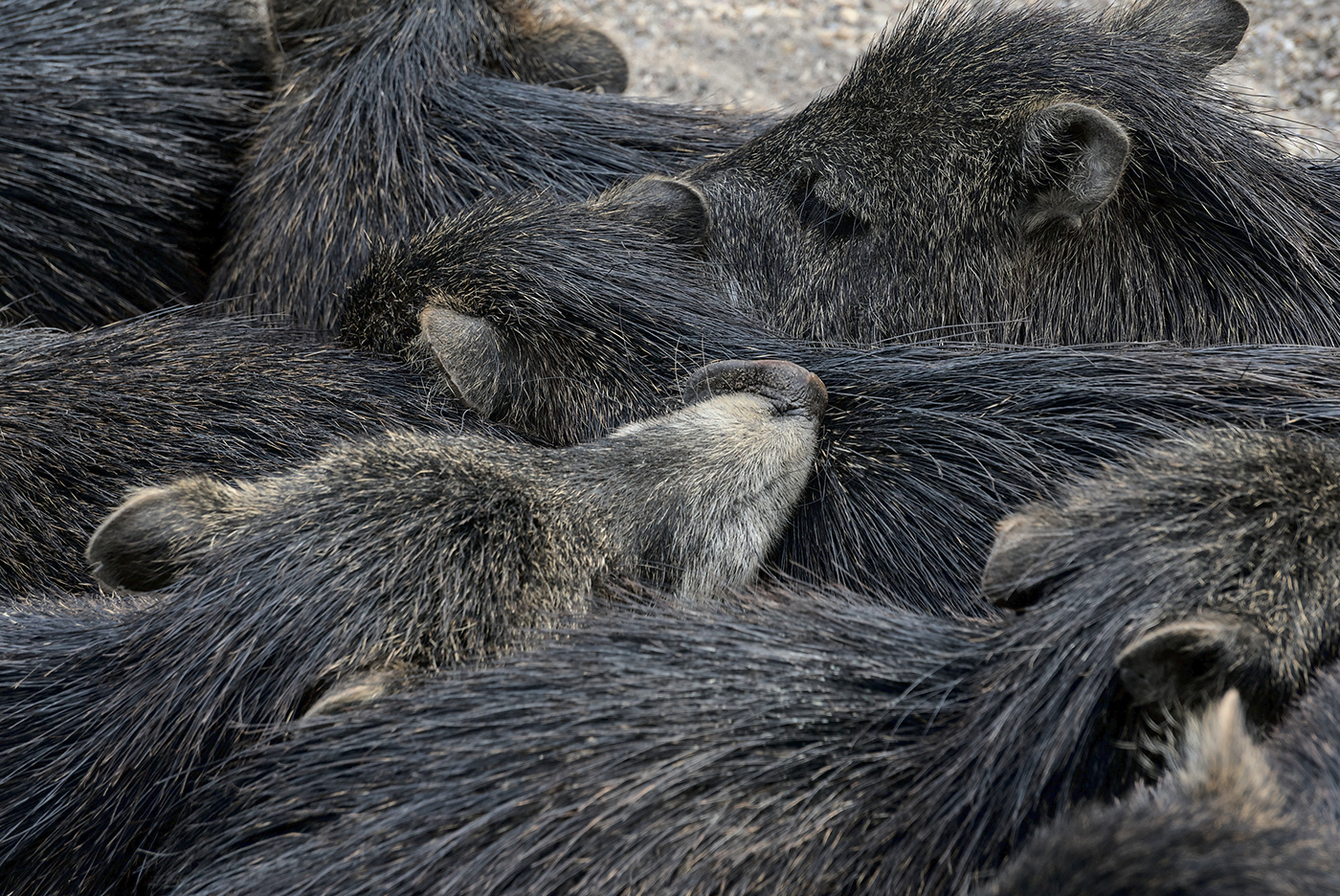
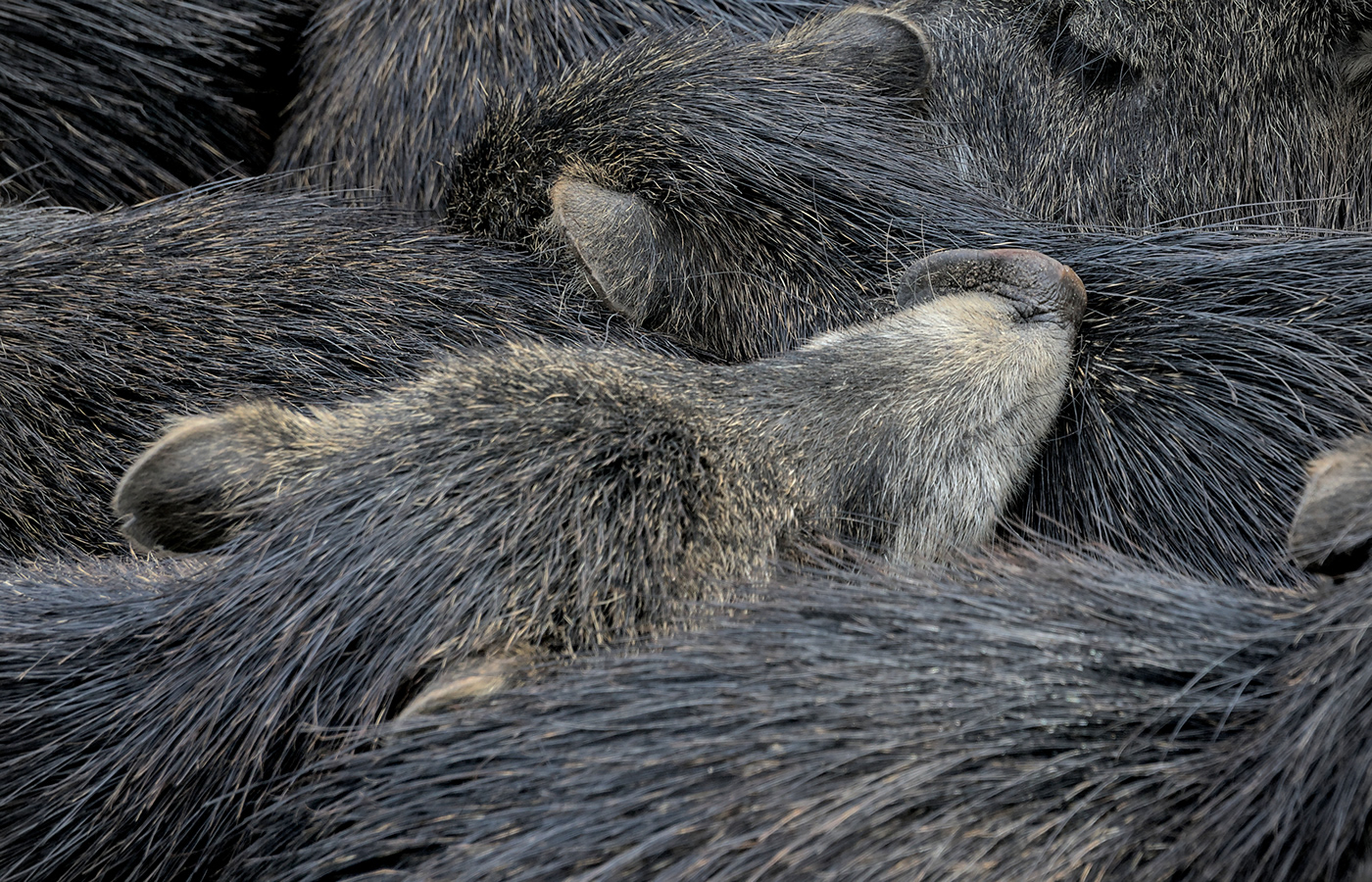
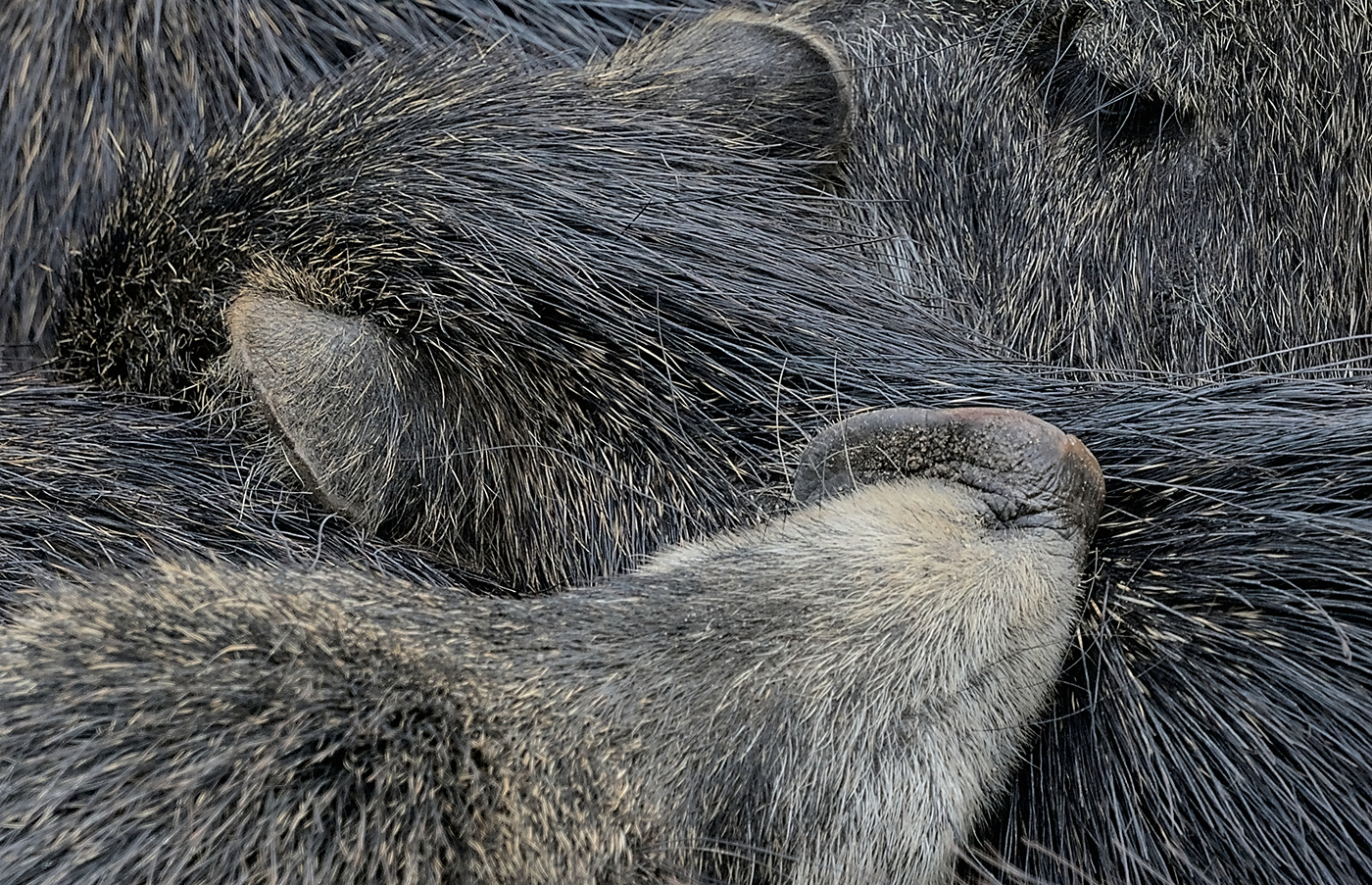

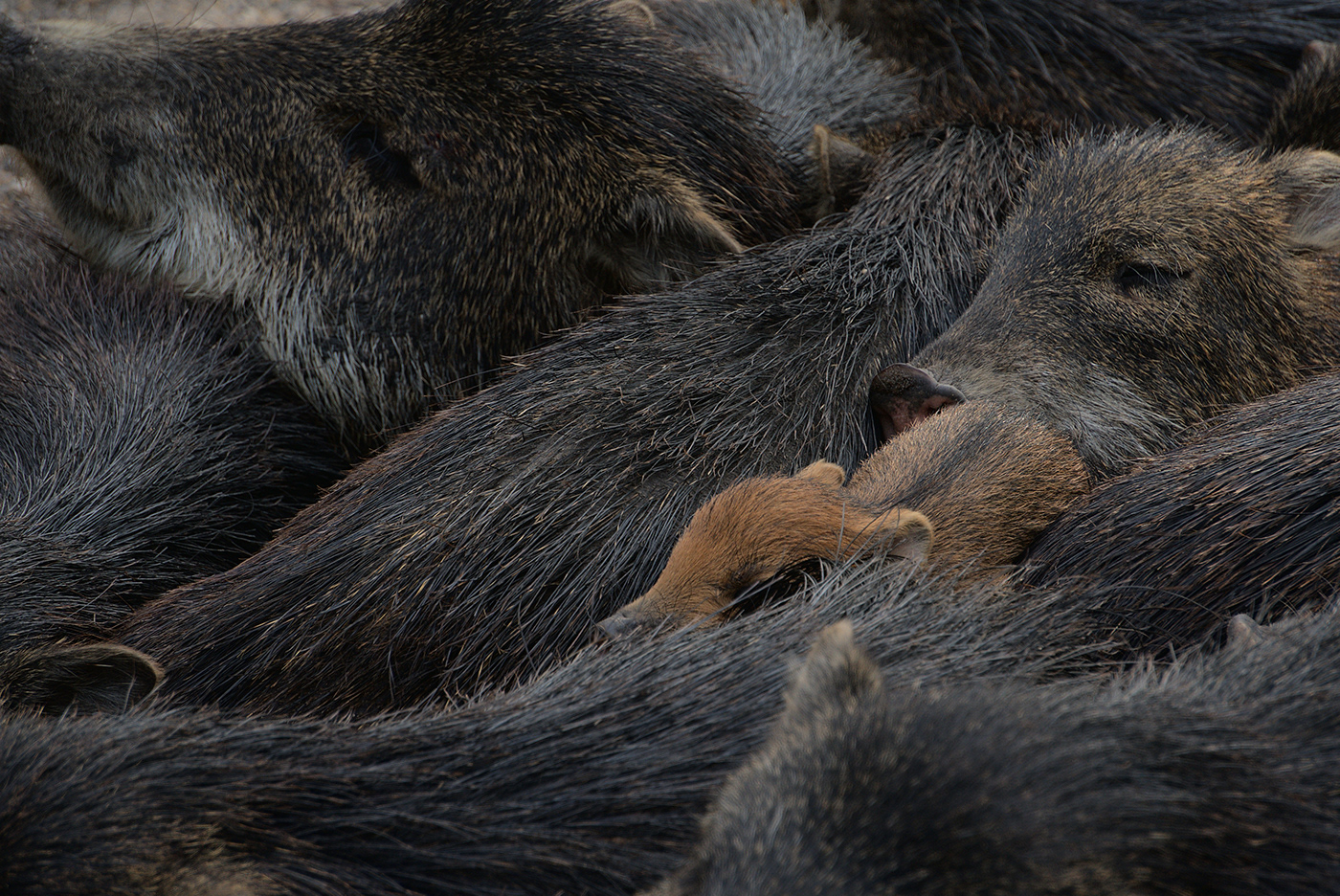
Bearded vulture: eats bones and dyes its plumage with iron oxyde
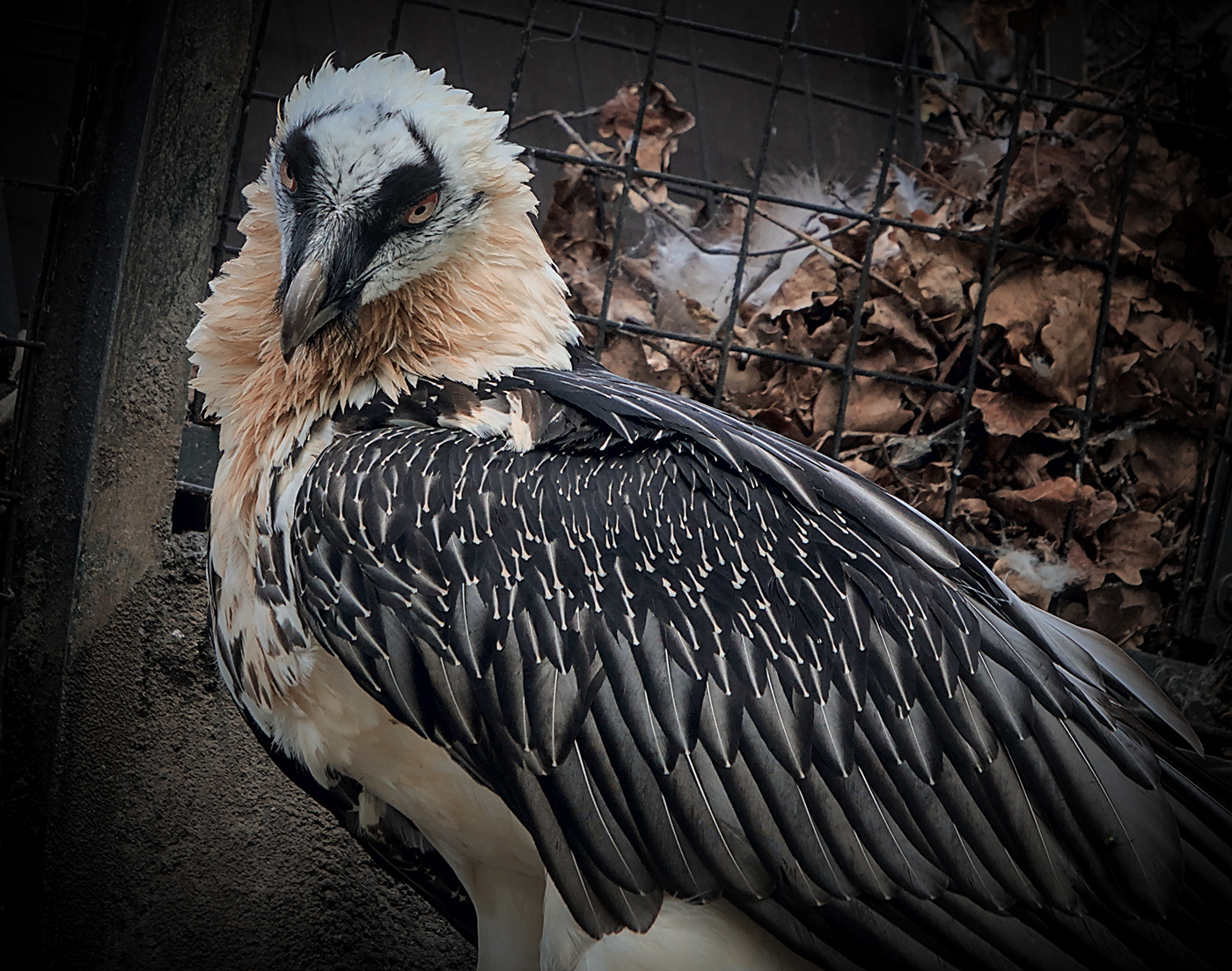
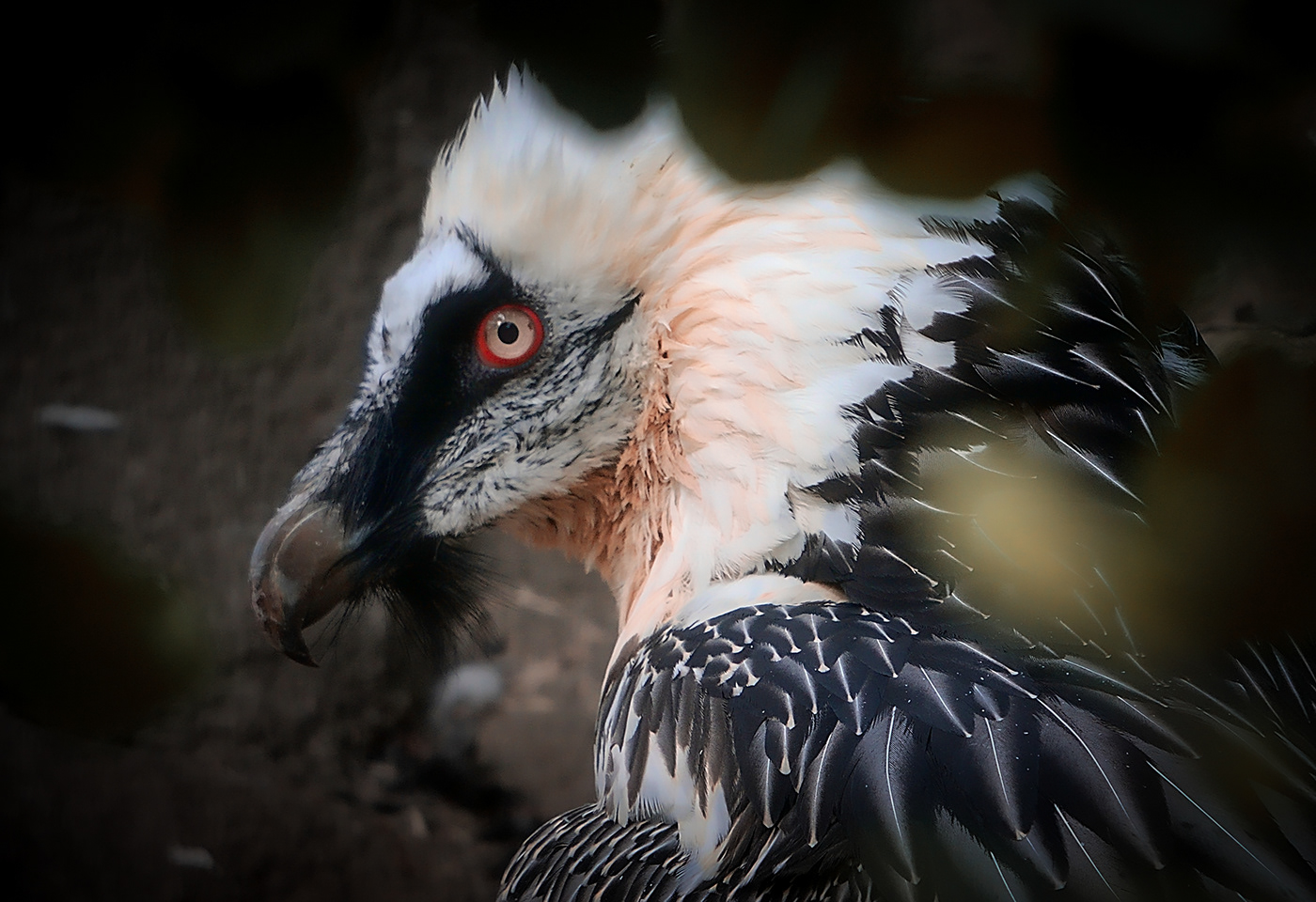
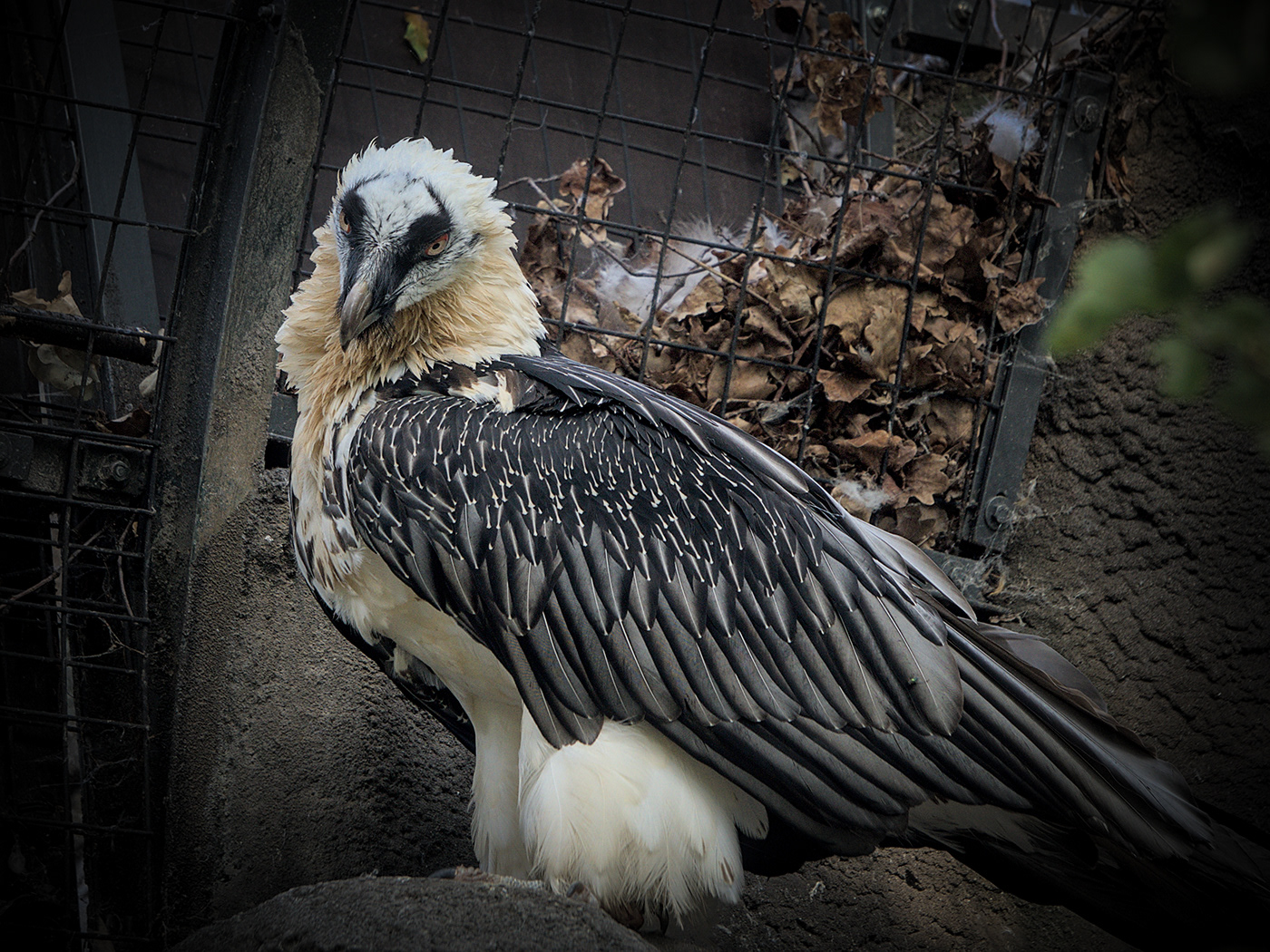
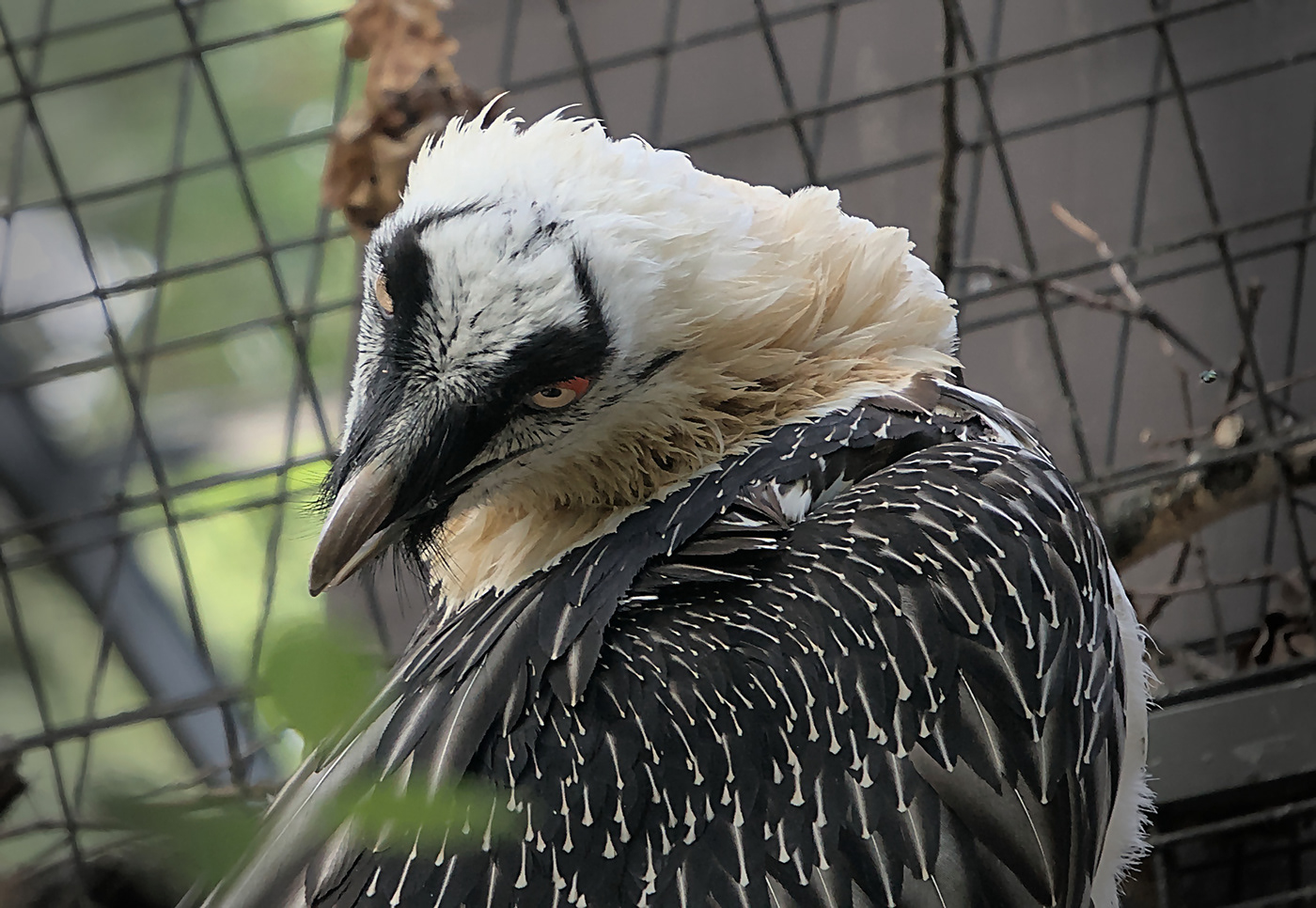
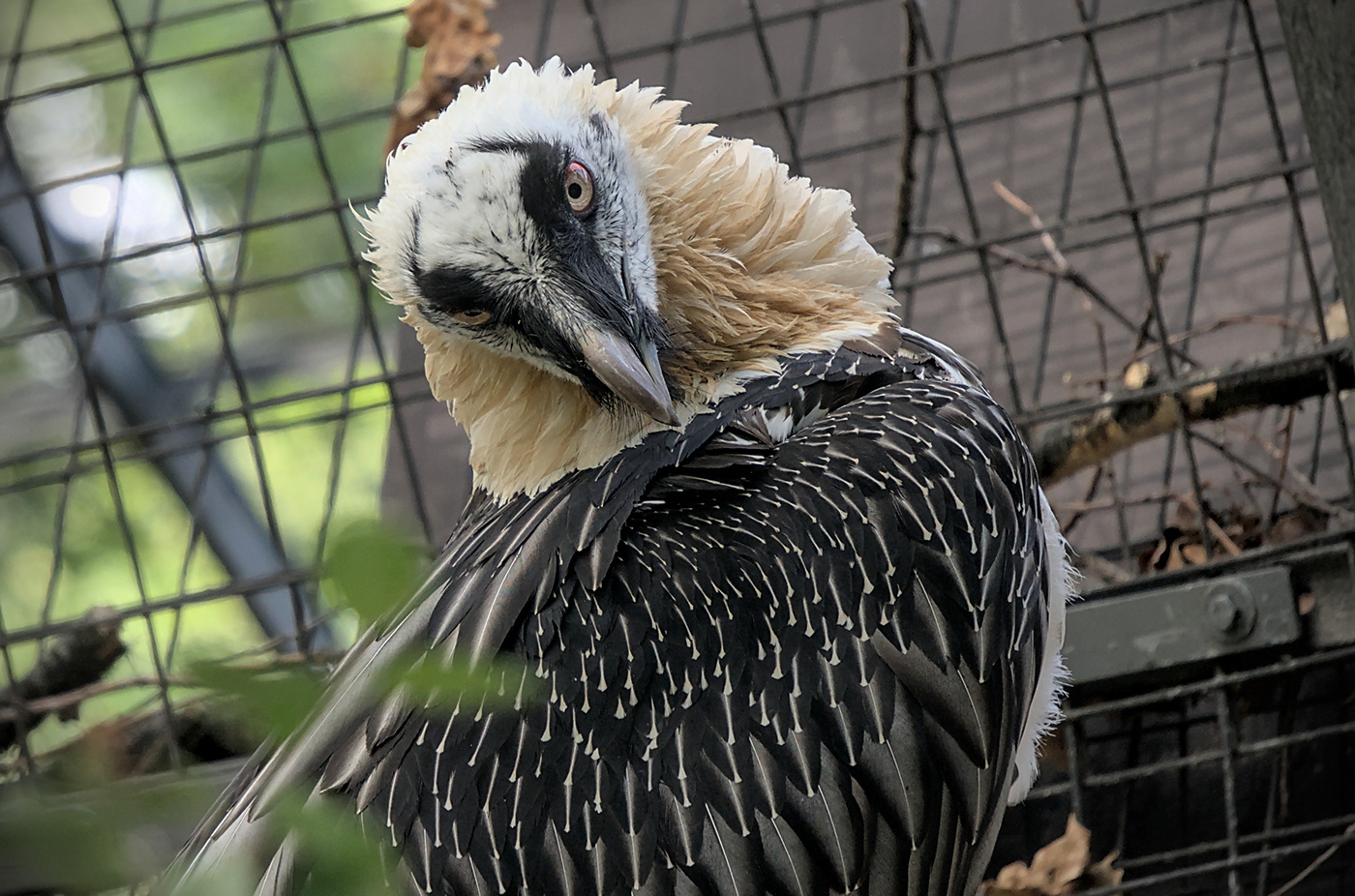

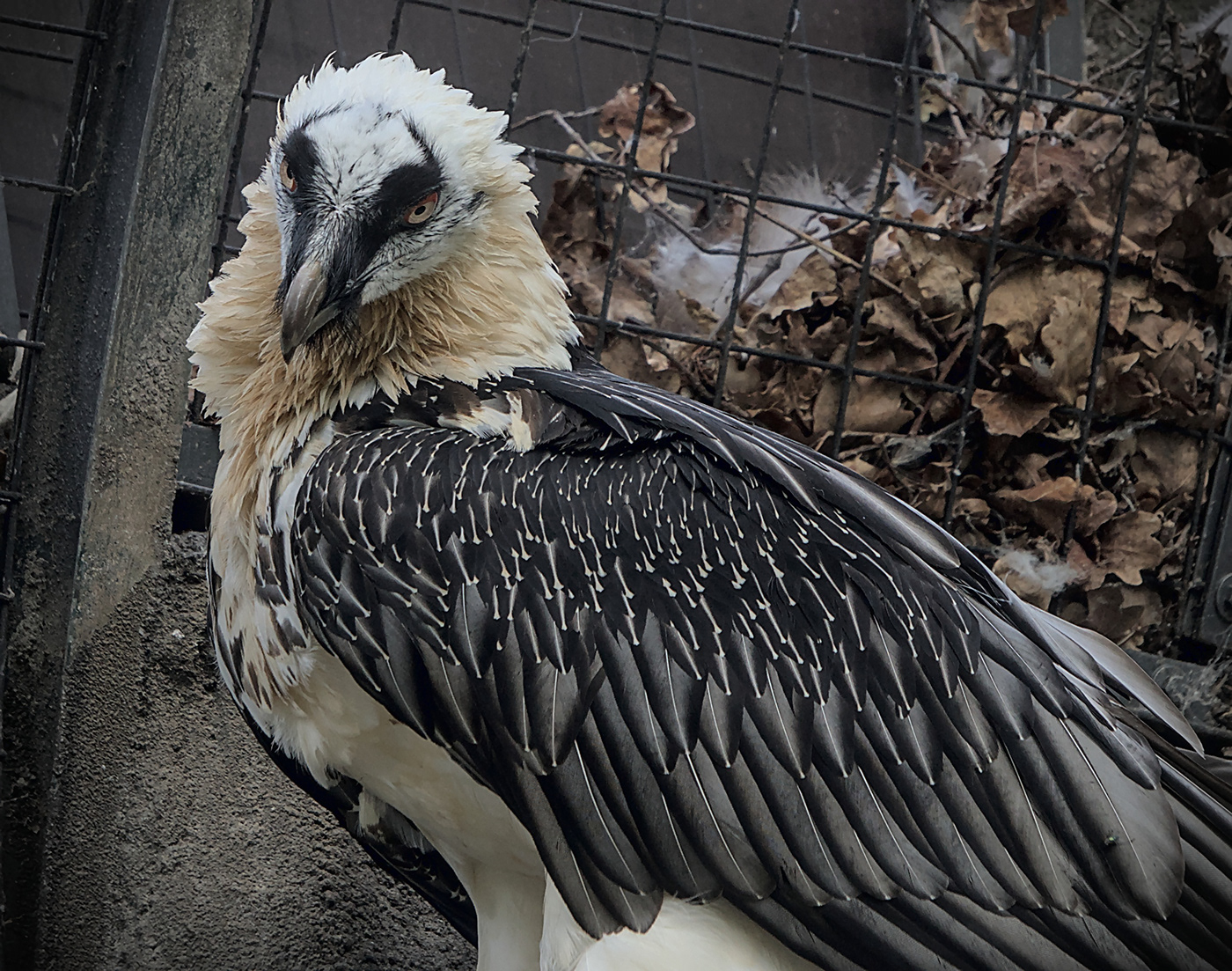
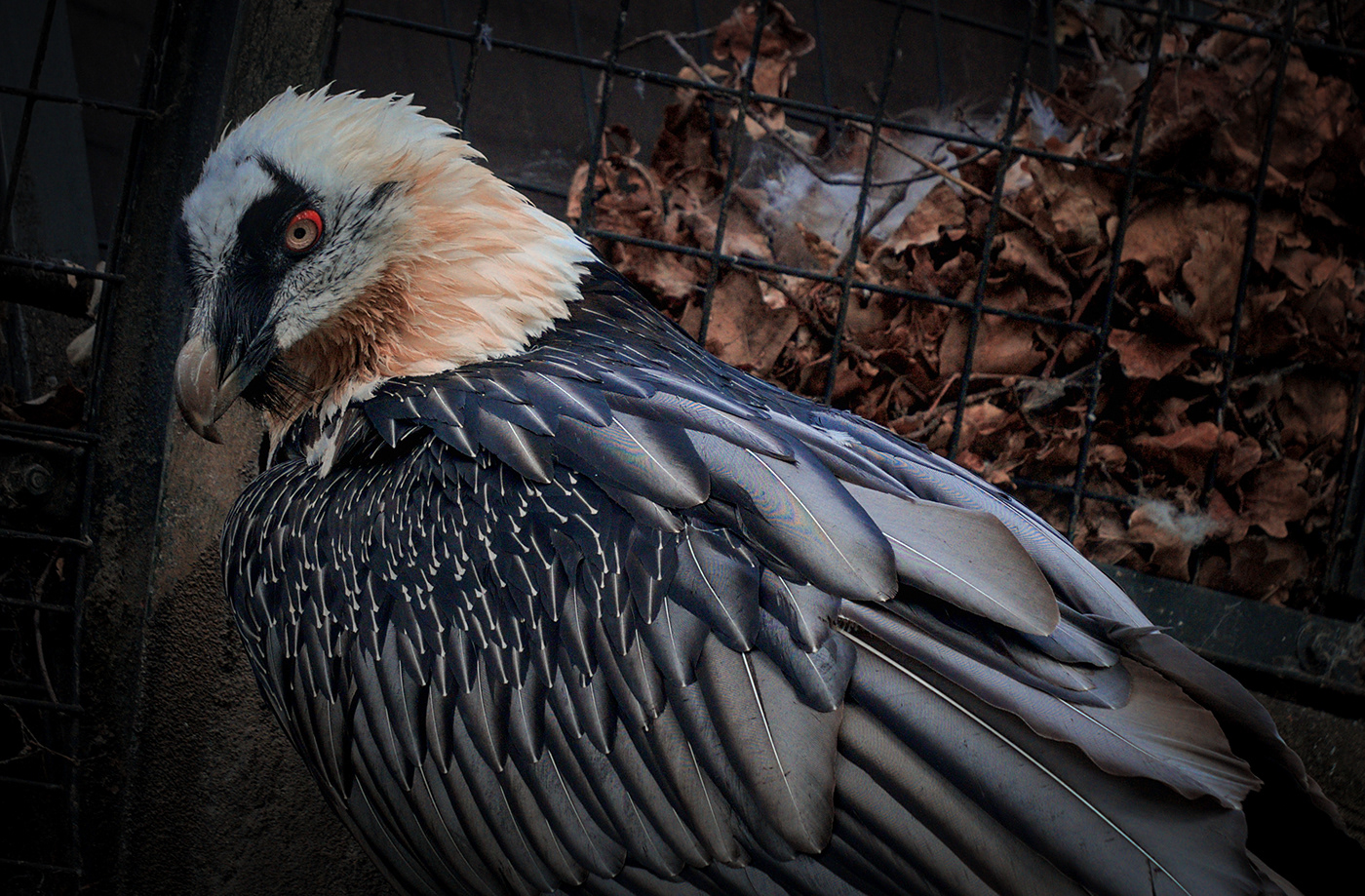
Giant panda: must obtain energy from its vegetarian bamboo diet
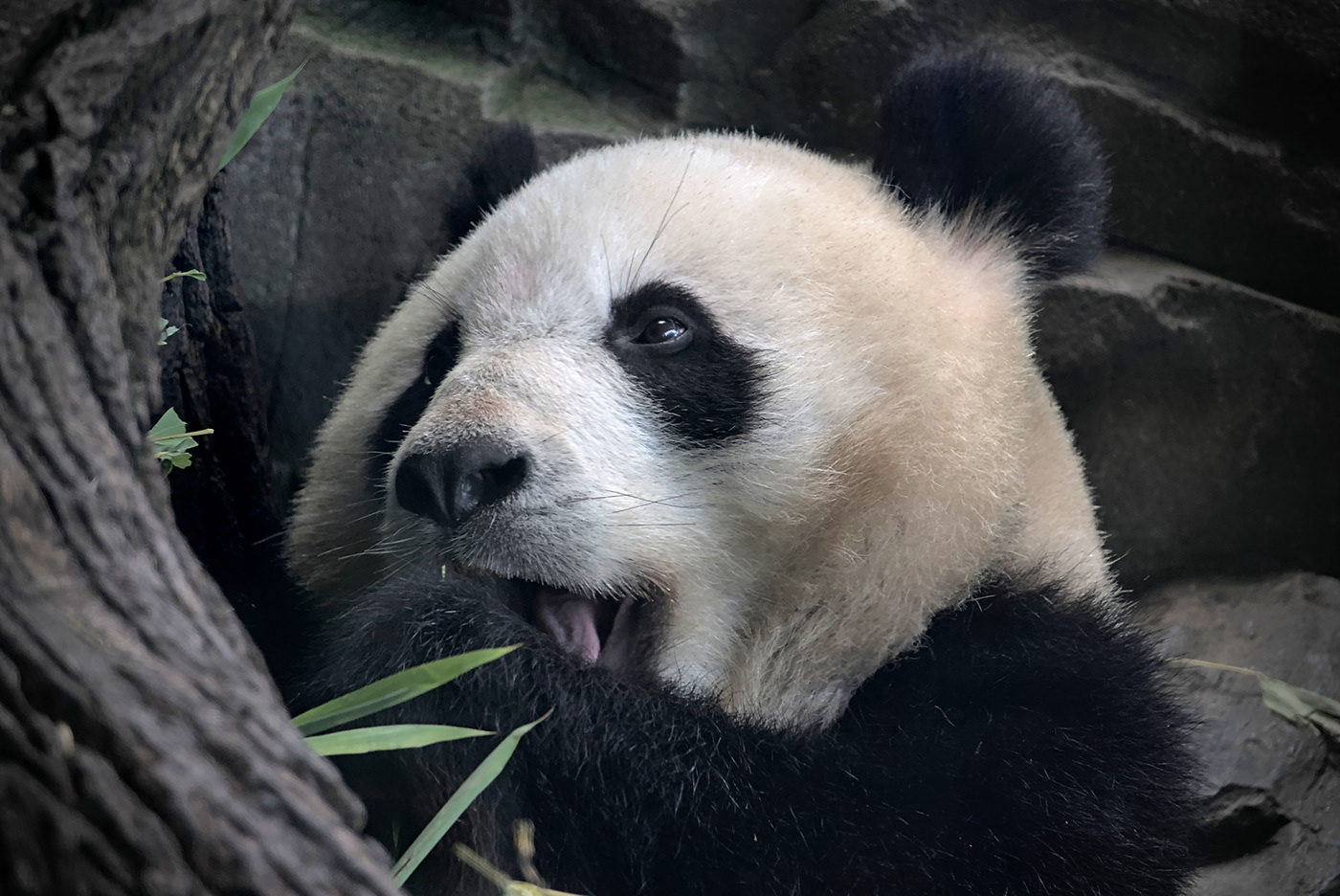
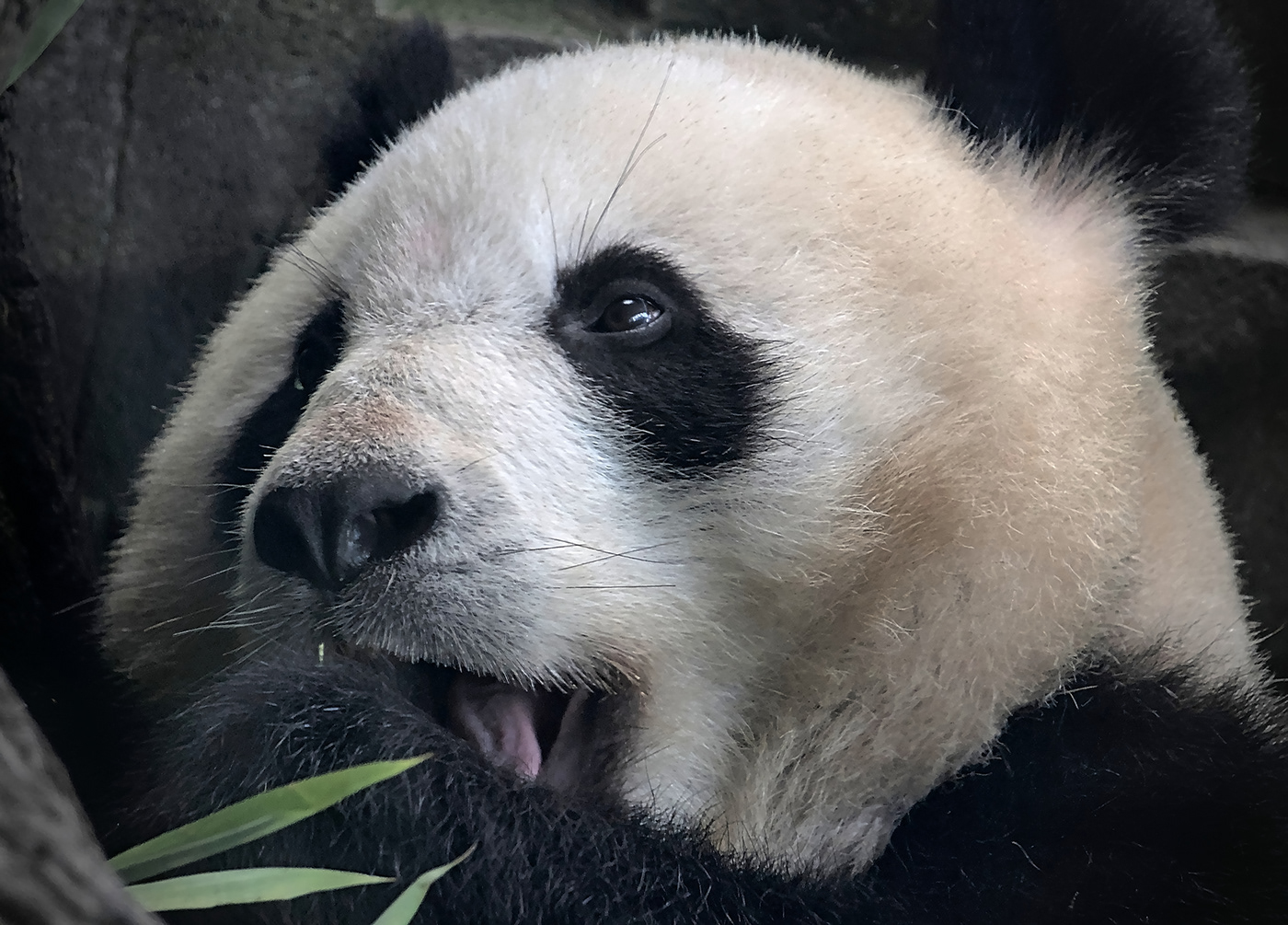
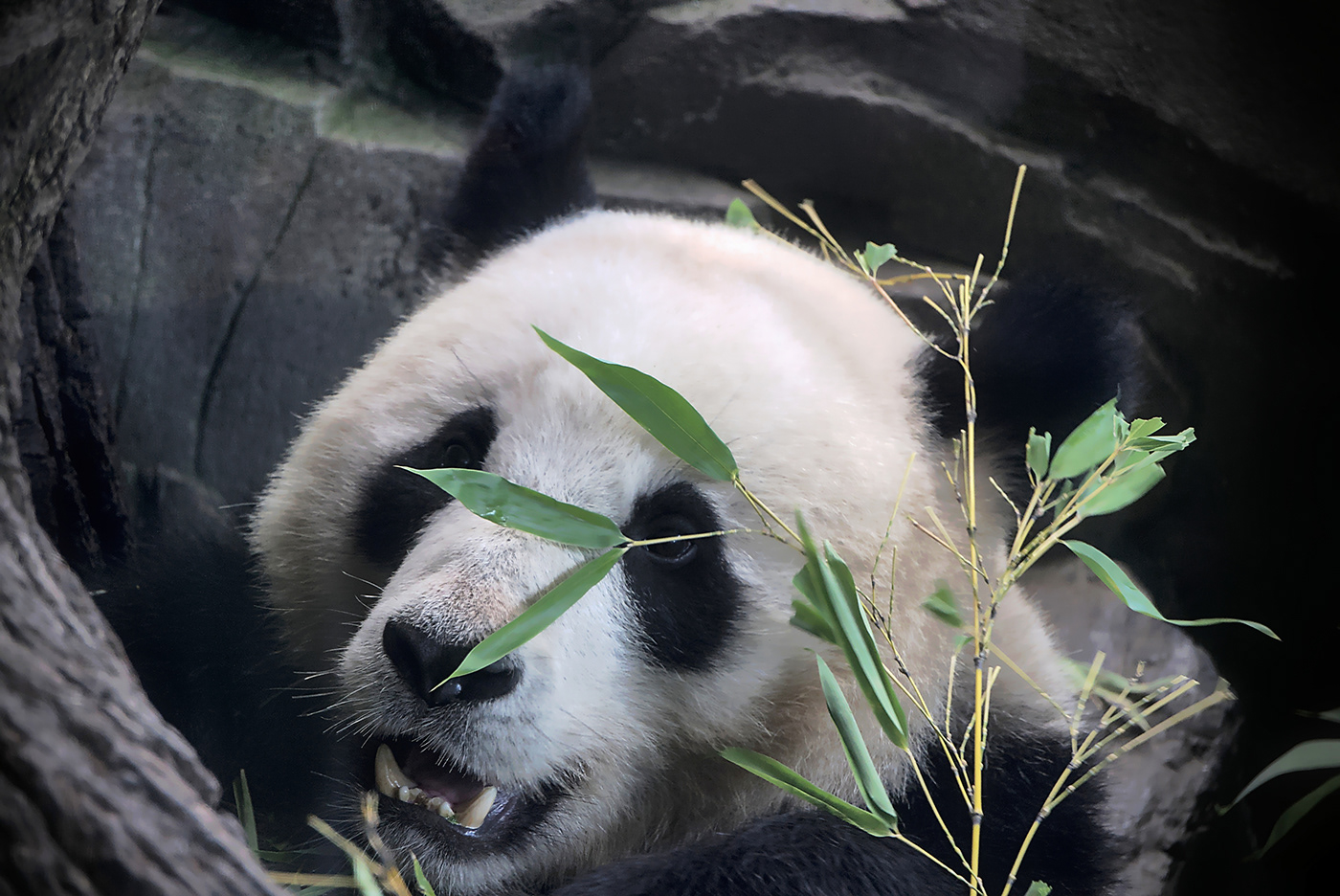
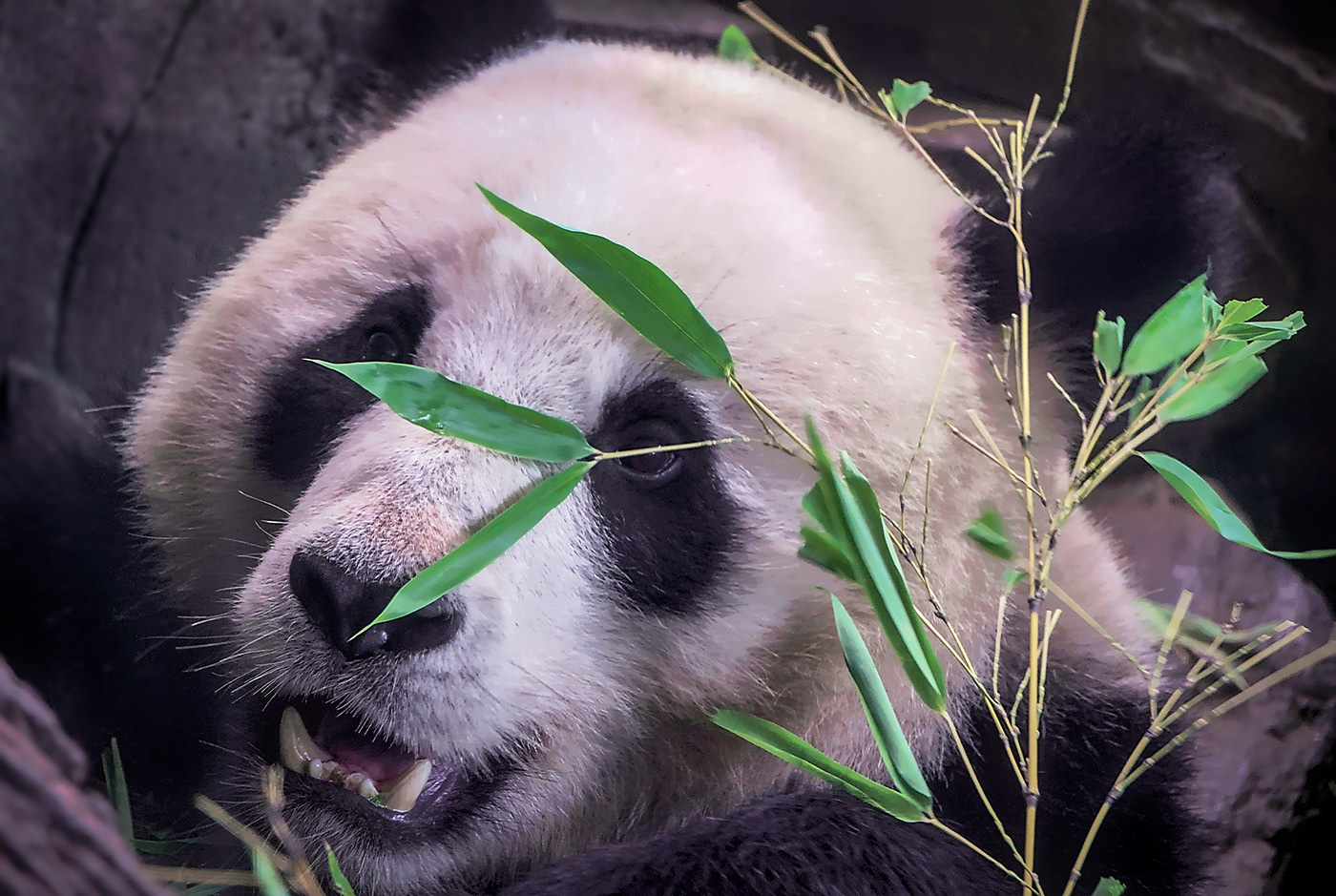
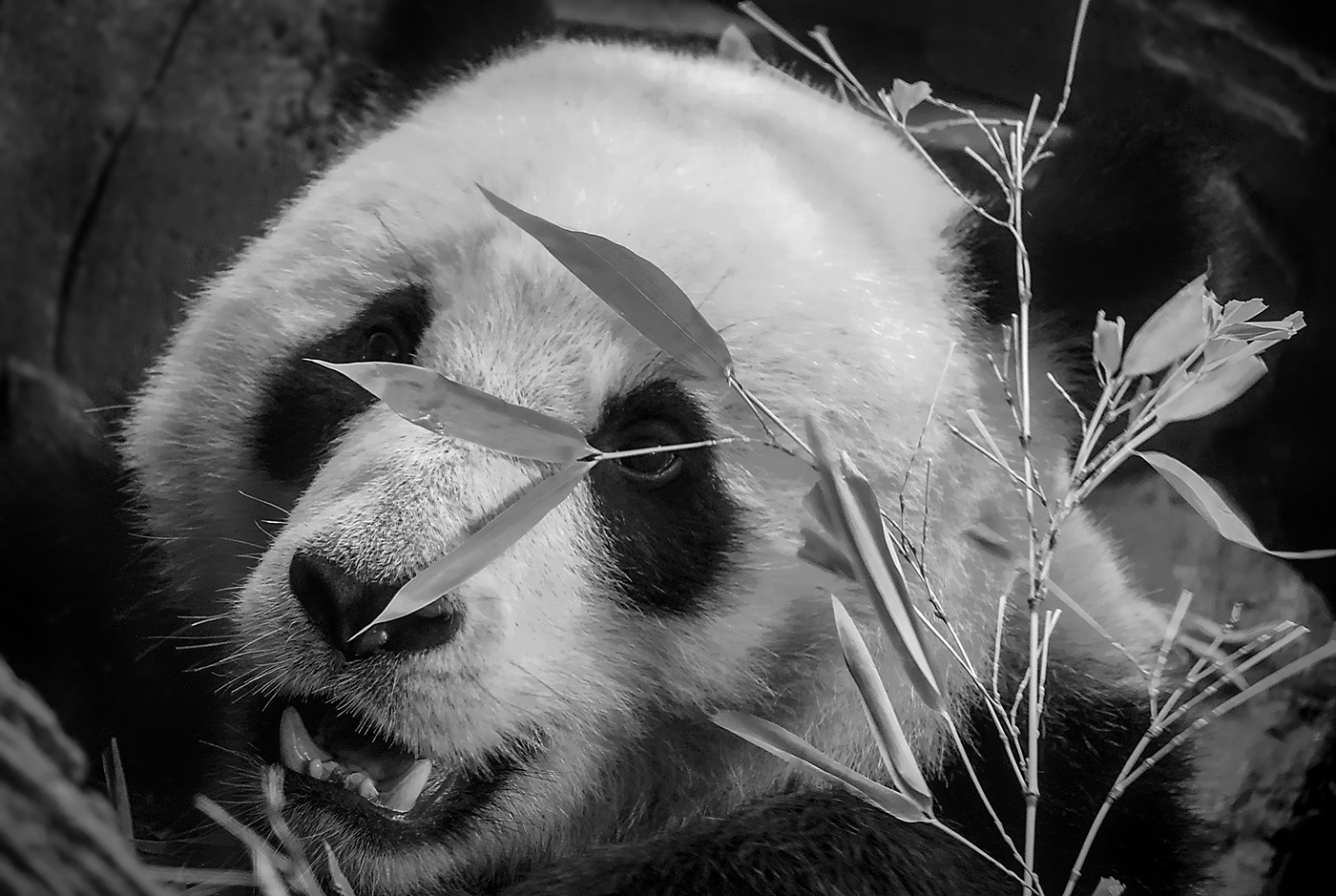
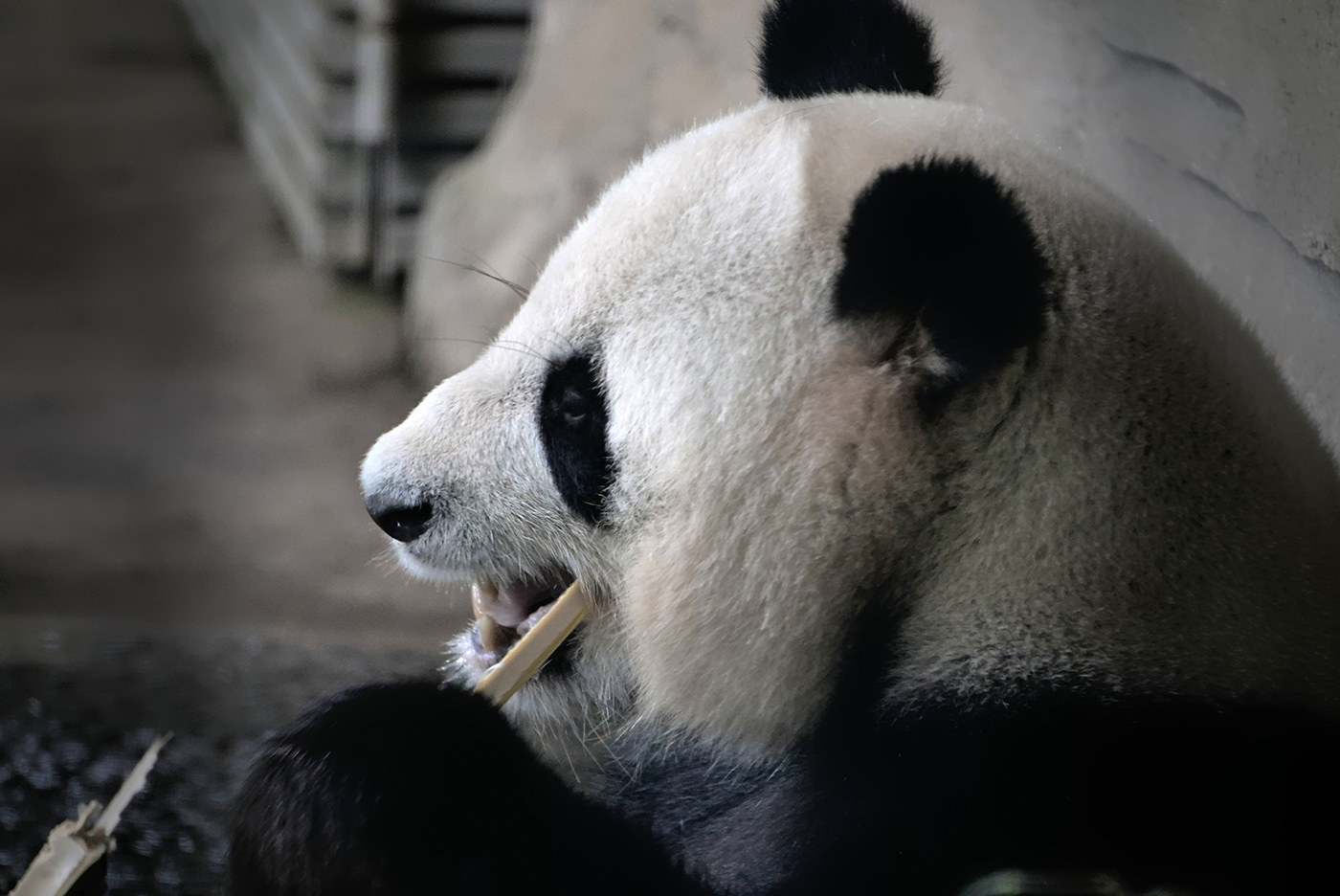
Sun rain
I see light and shadow, feel the sunlight like a silent rain shower. I hold my breath, trigger a photo and feel the breath of a moment that passes so quickly that I could never describe it with words. It's the missed moments that drive us with an insatiable longing for a lifetime.
Fleeting moments: captured in photos
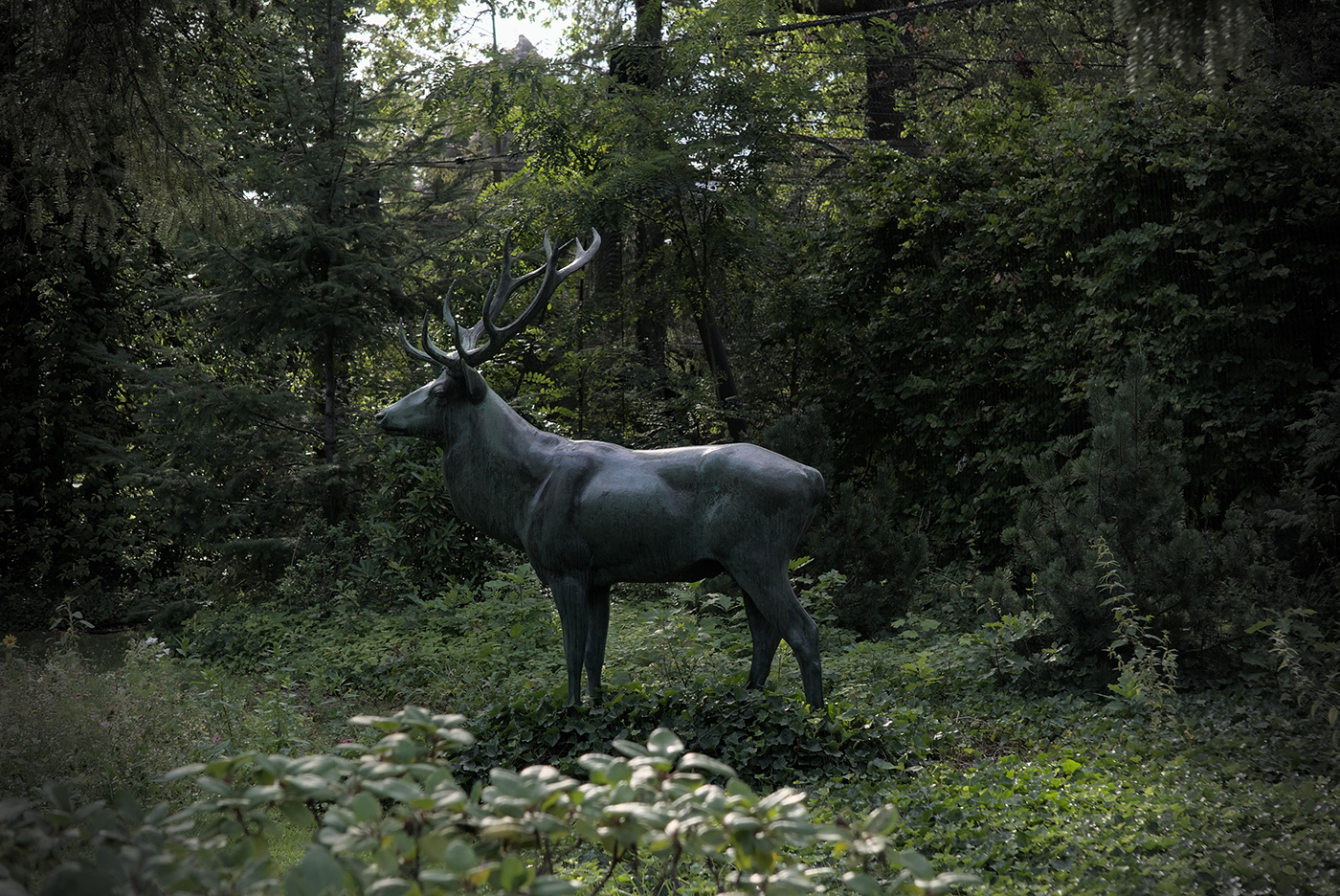
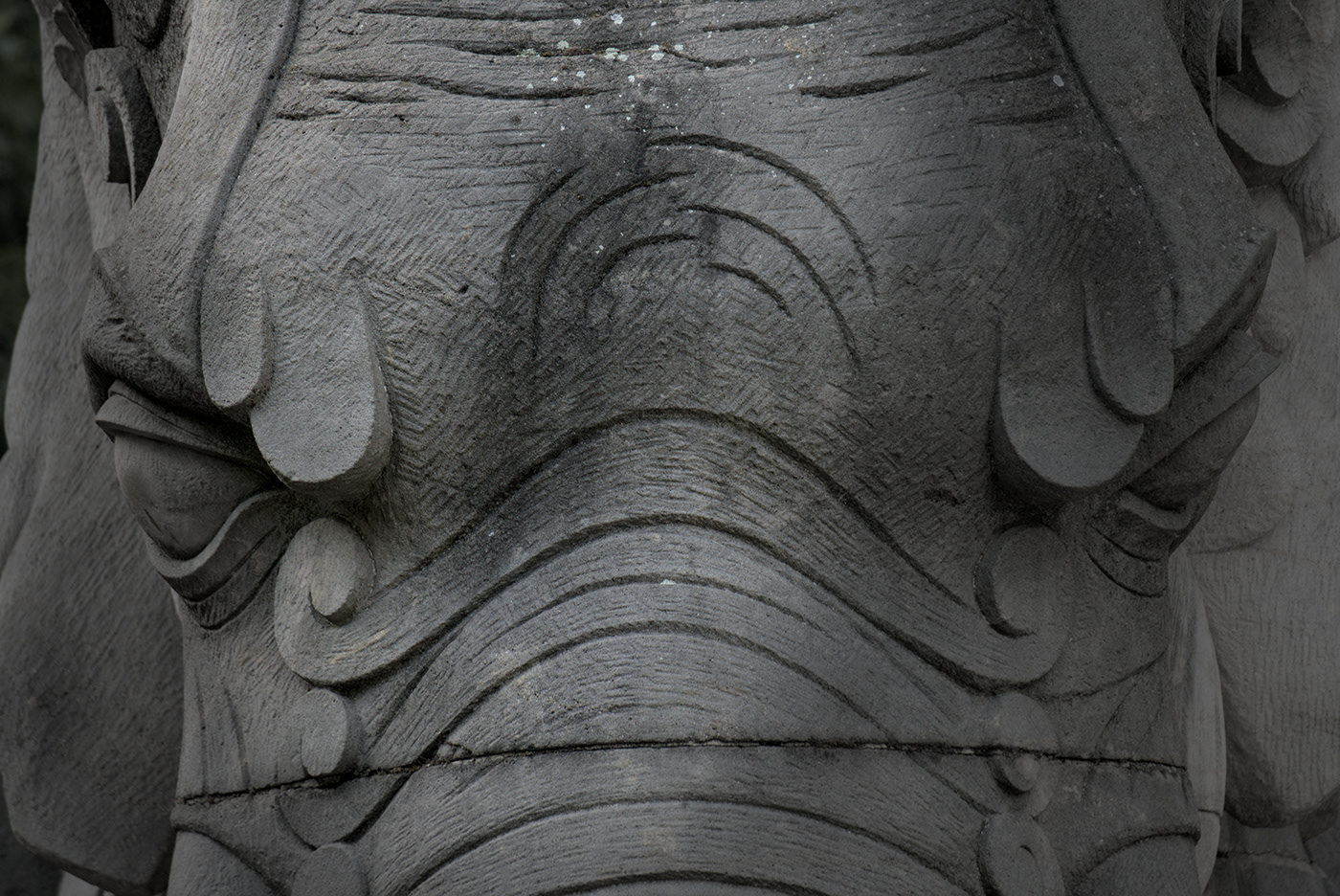
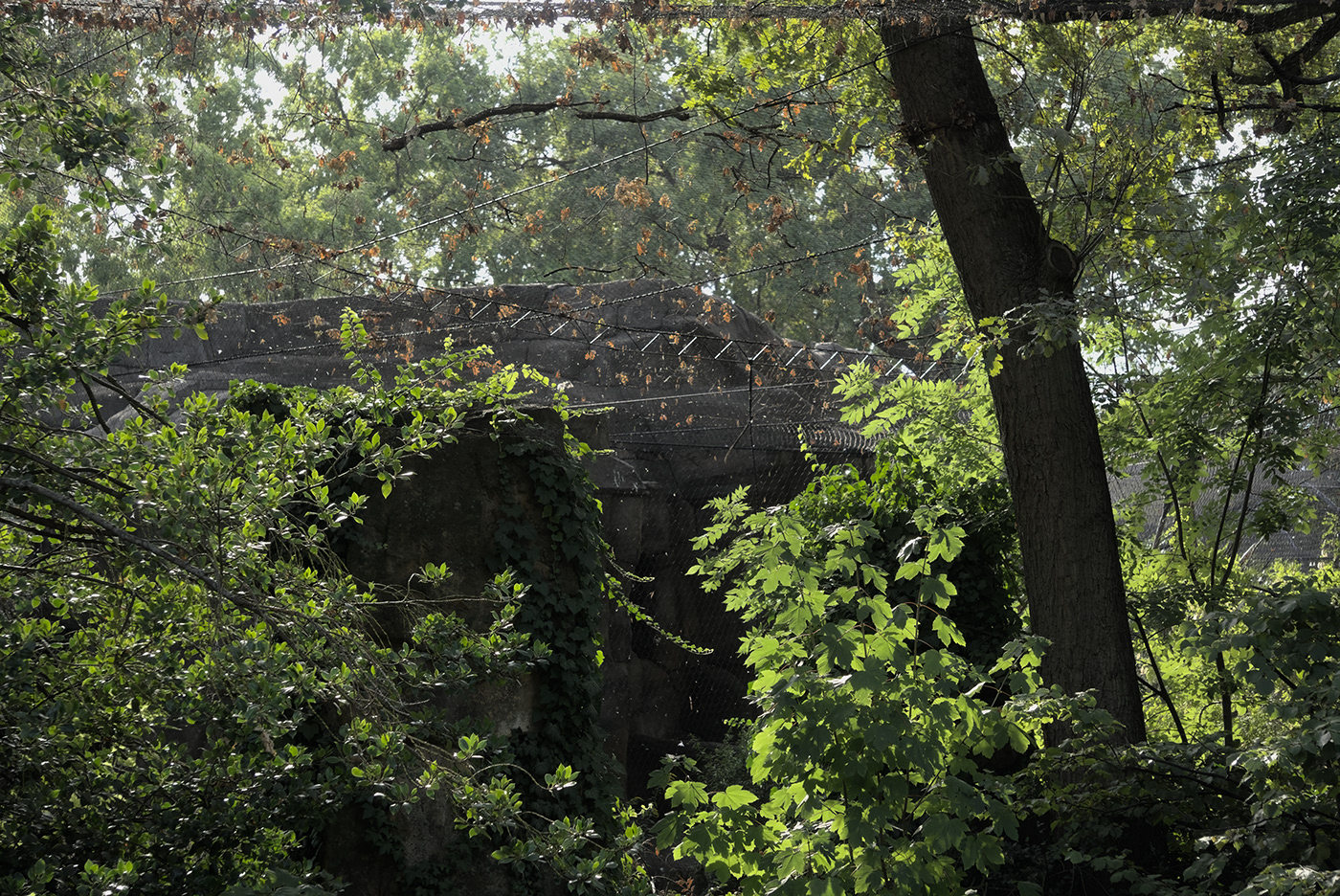


Animals and landscapes from the Zoo Berlin, August 2022
© Stefan F. Wirth, Germany






